49 Free Dangerous Animal Photos transparent PNG images
Explore our captivating collection of 49 free AI-generated Dangerous Animal Photos. This diverse gallery features stunning stock photos, detailed 3D objects, vectors, and illustrations depicting nature's most formidable creatures. Each high-resolution image is available for immediate download, and our innovative 'open in editor' feature allows you to modify the prompts to regenerate variations that perfectly match your vision.
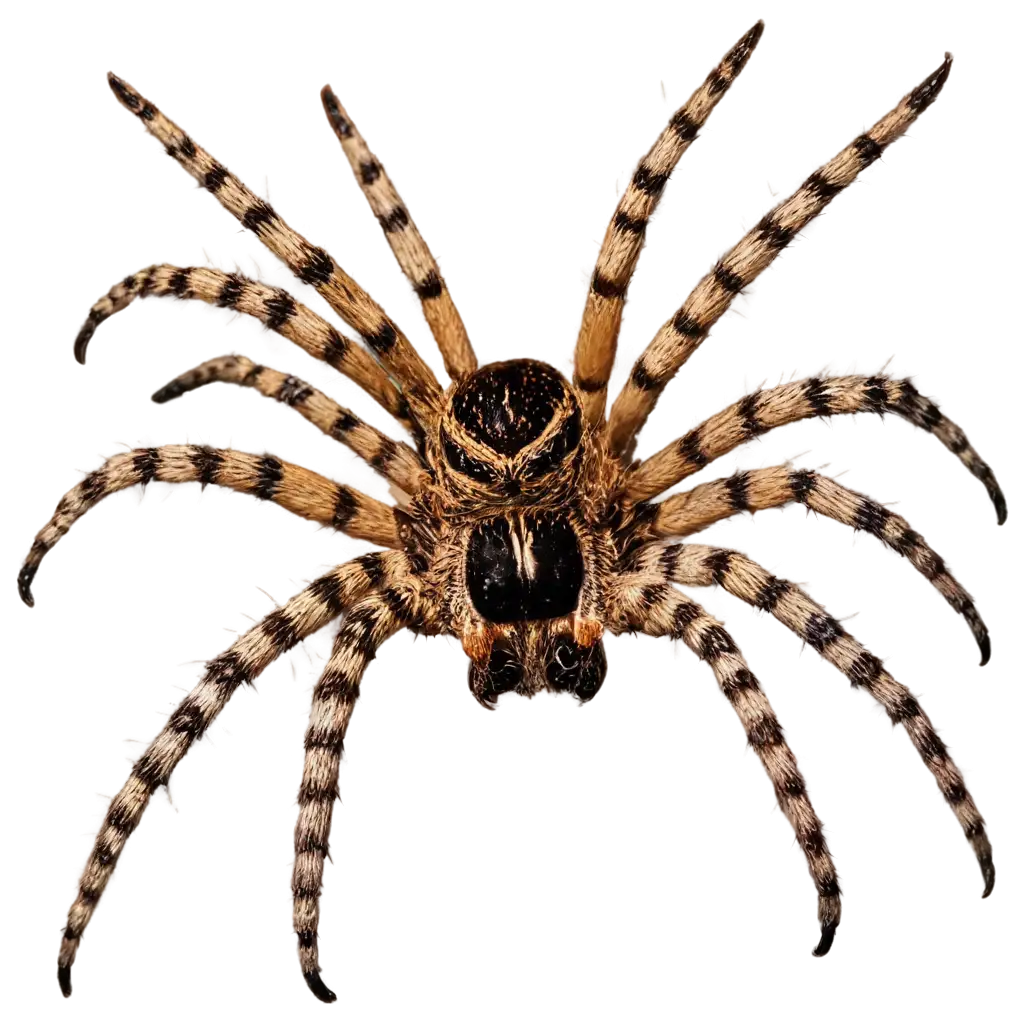
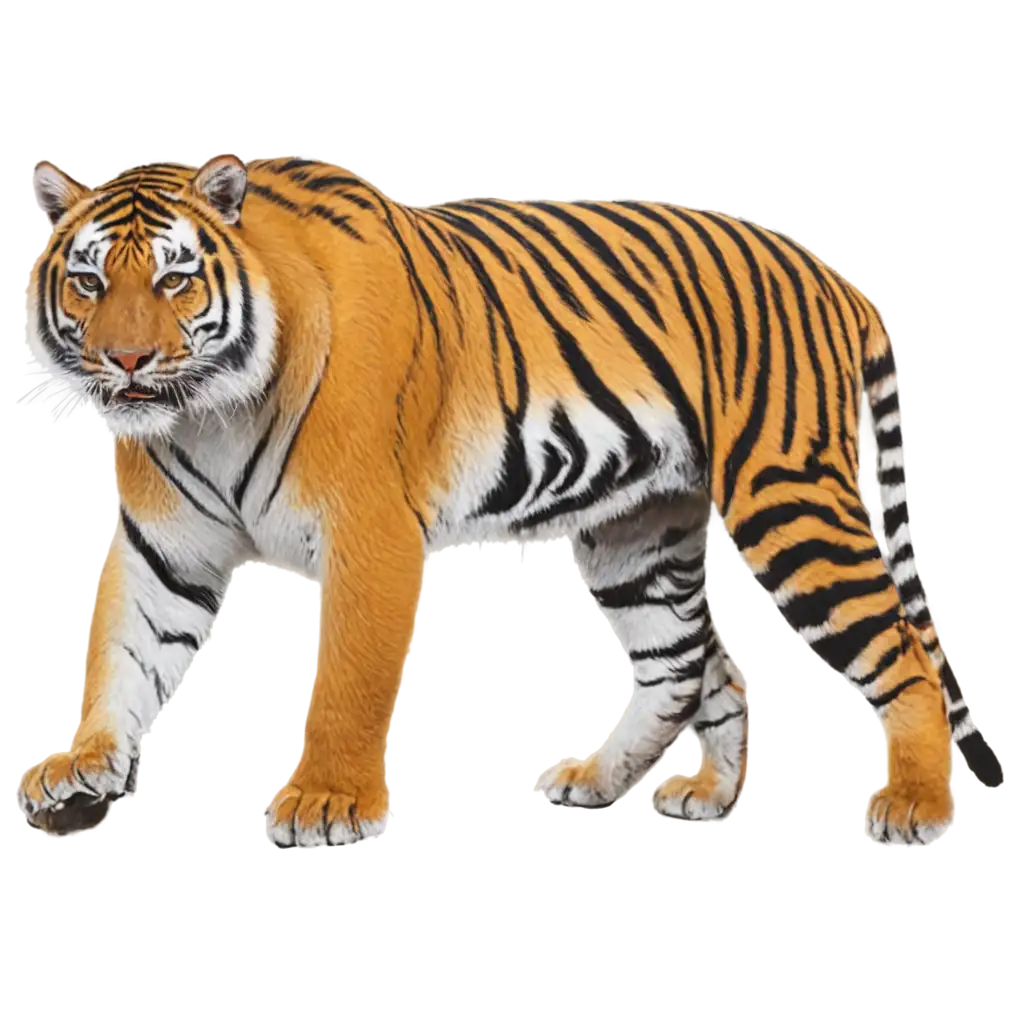
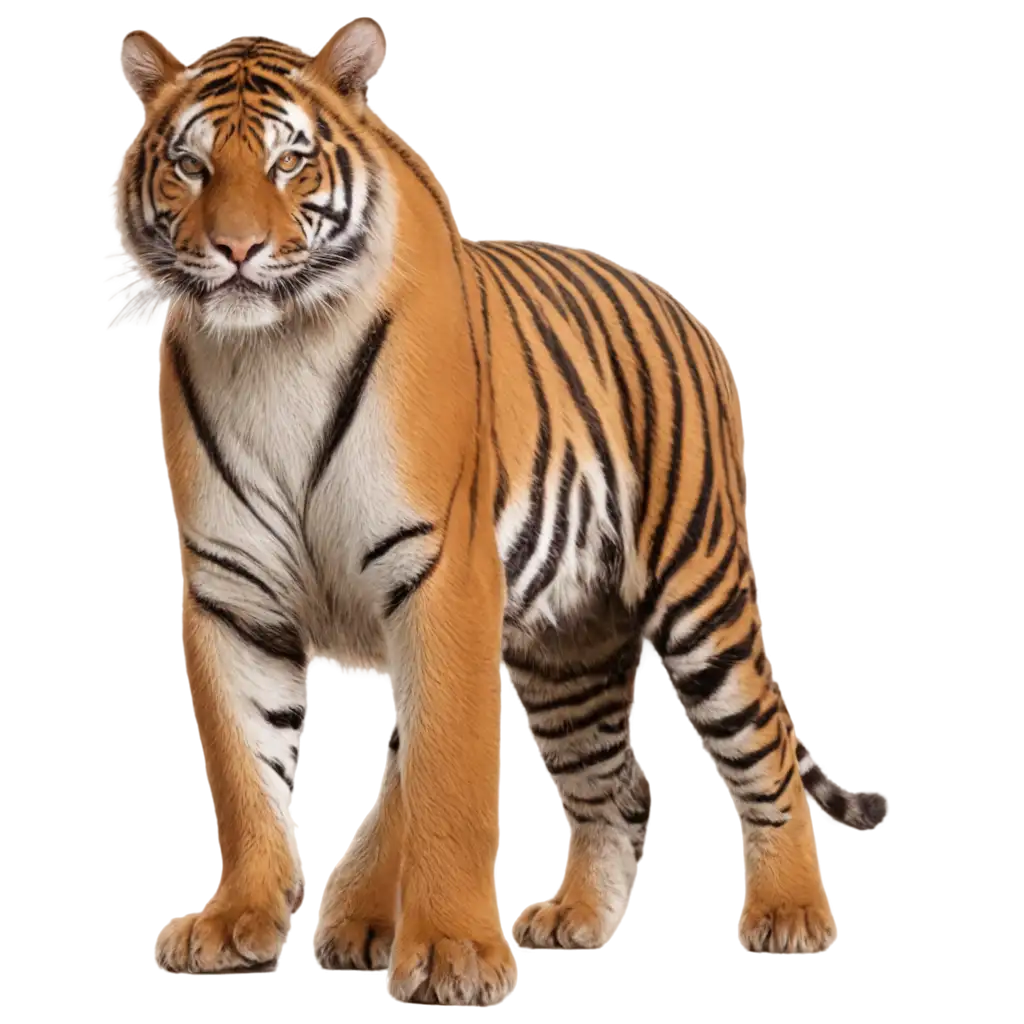
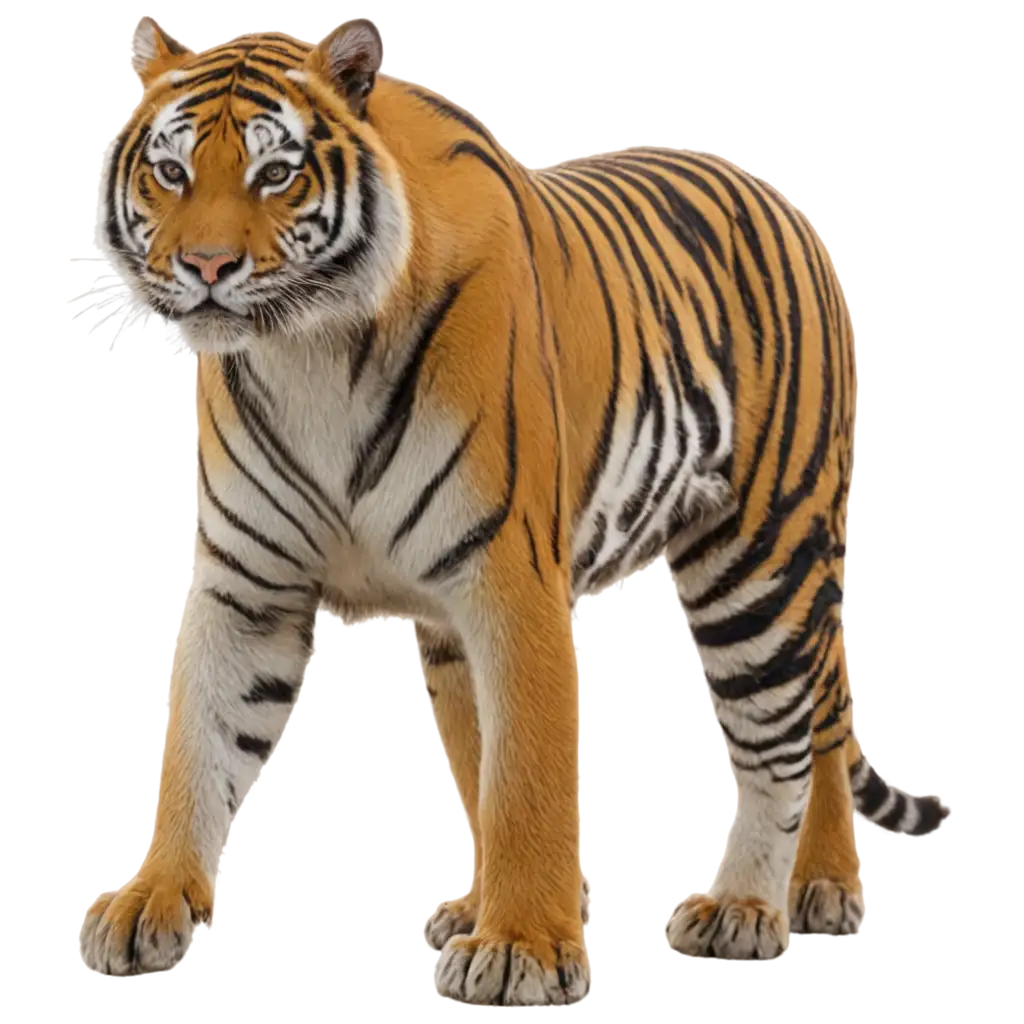
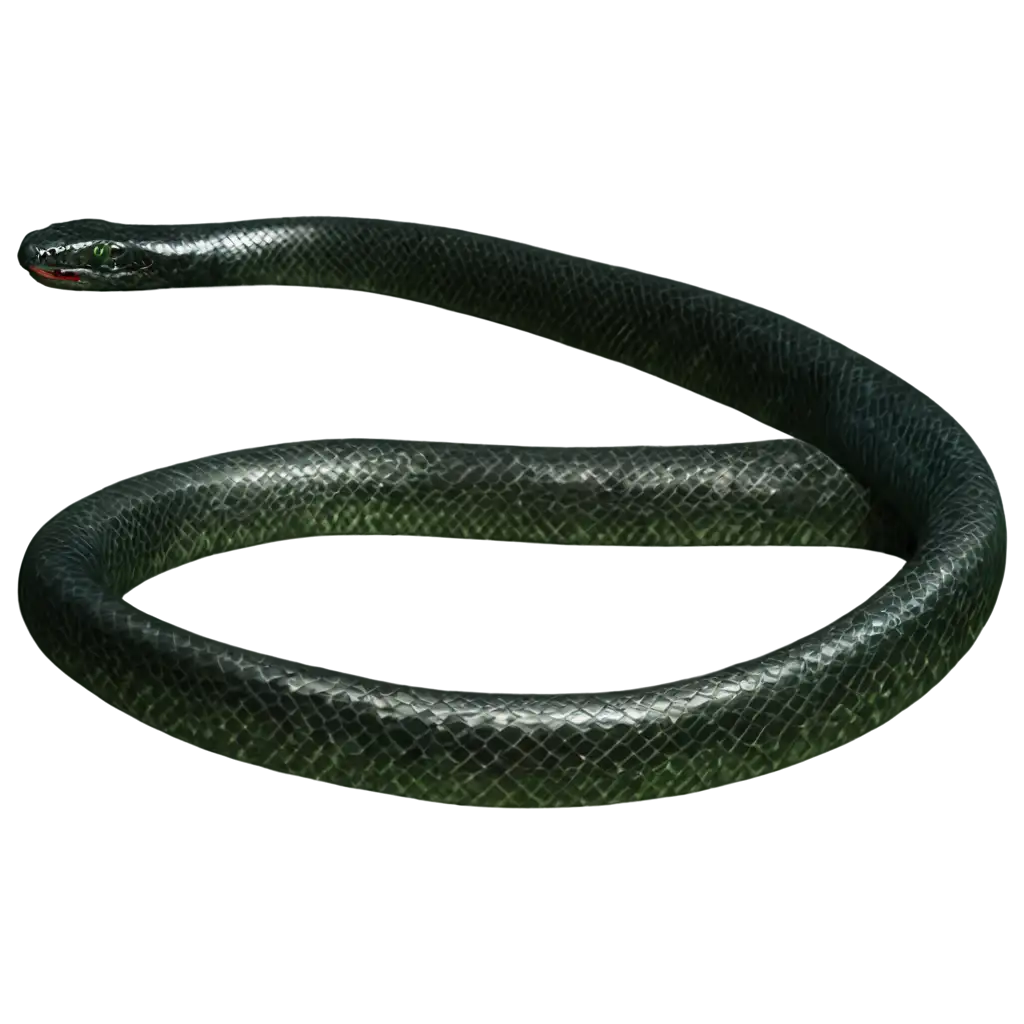
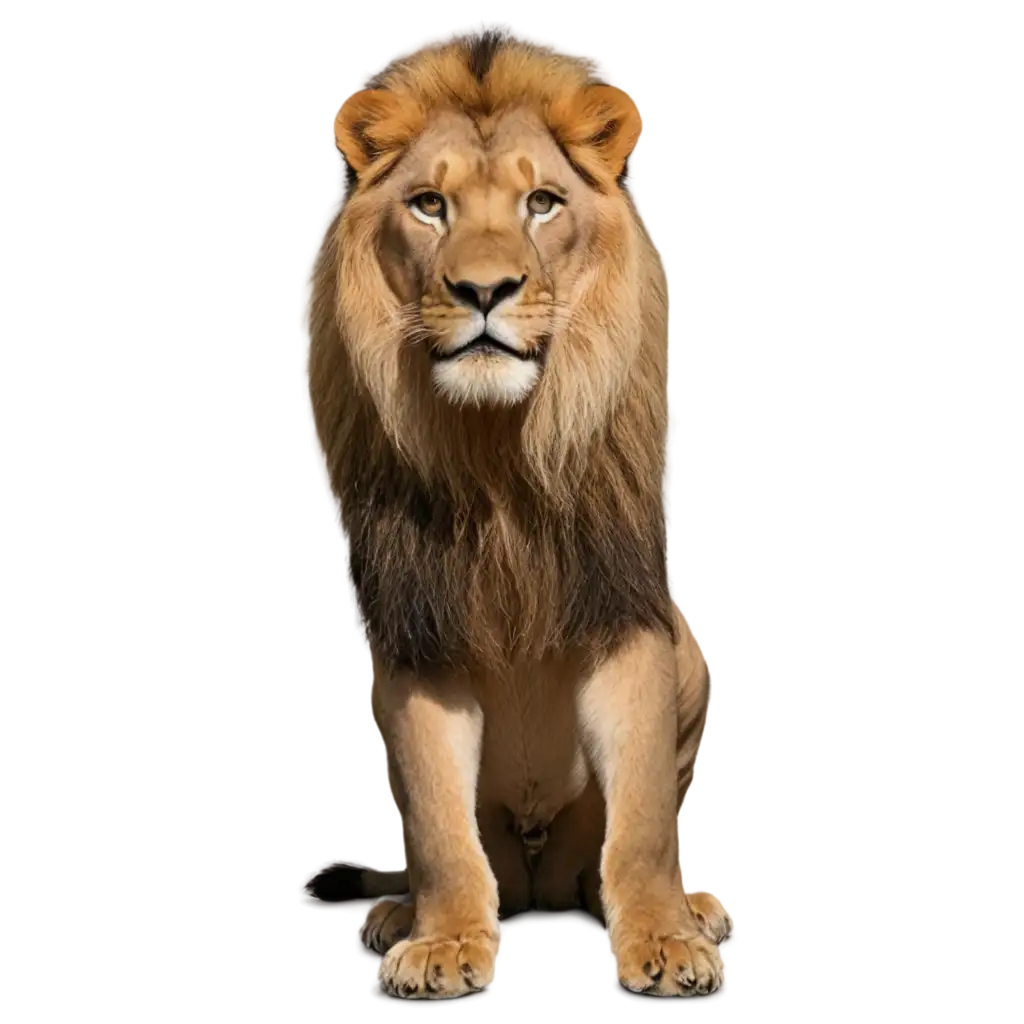
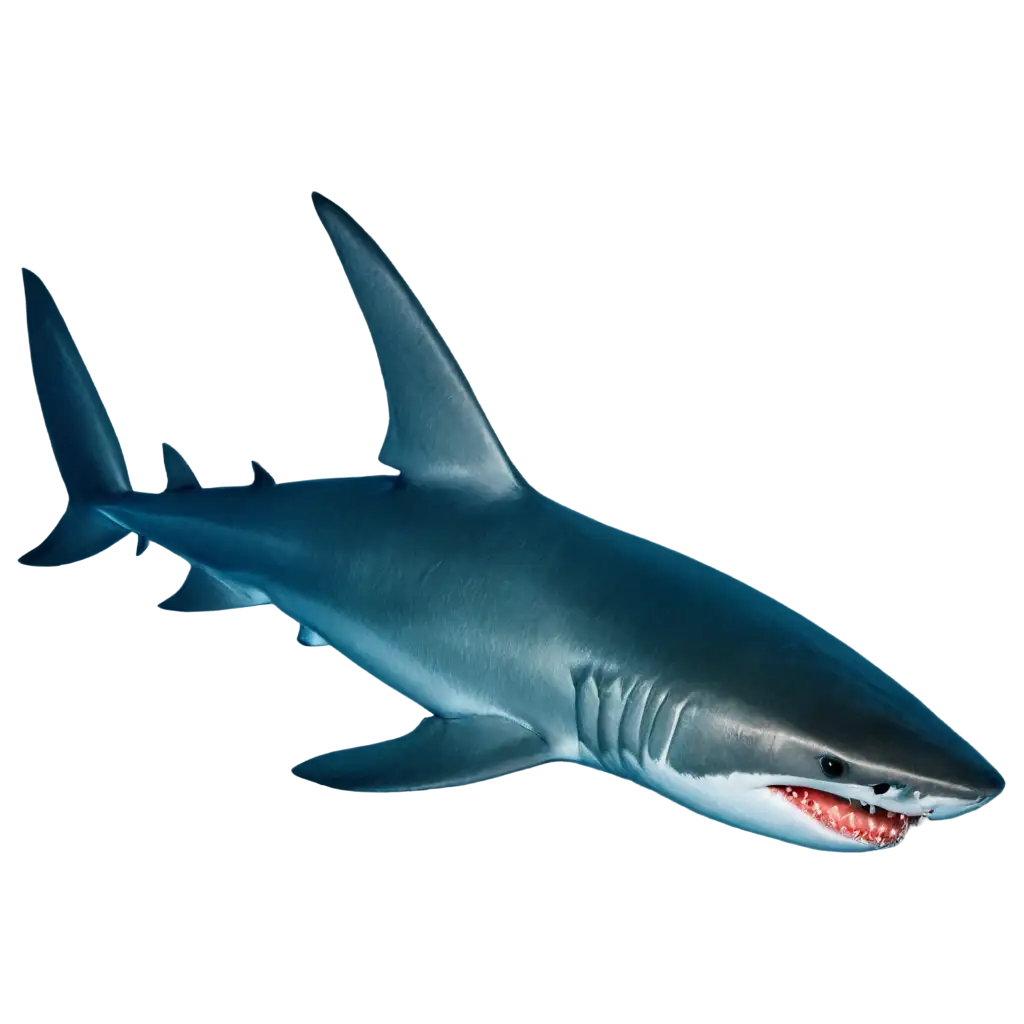
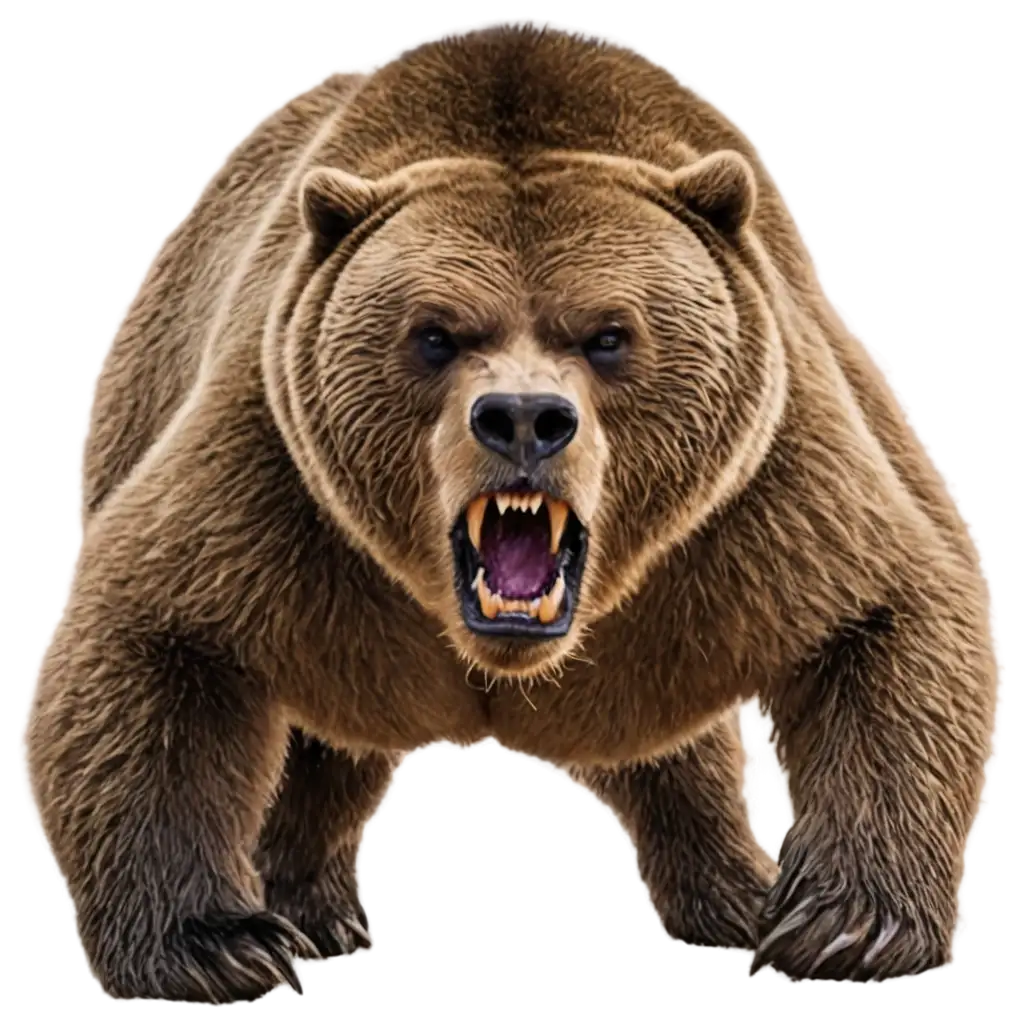
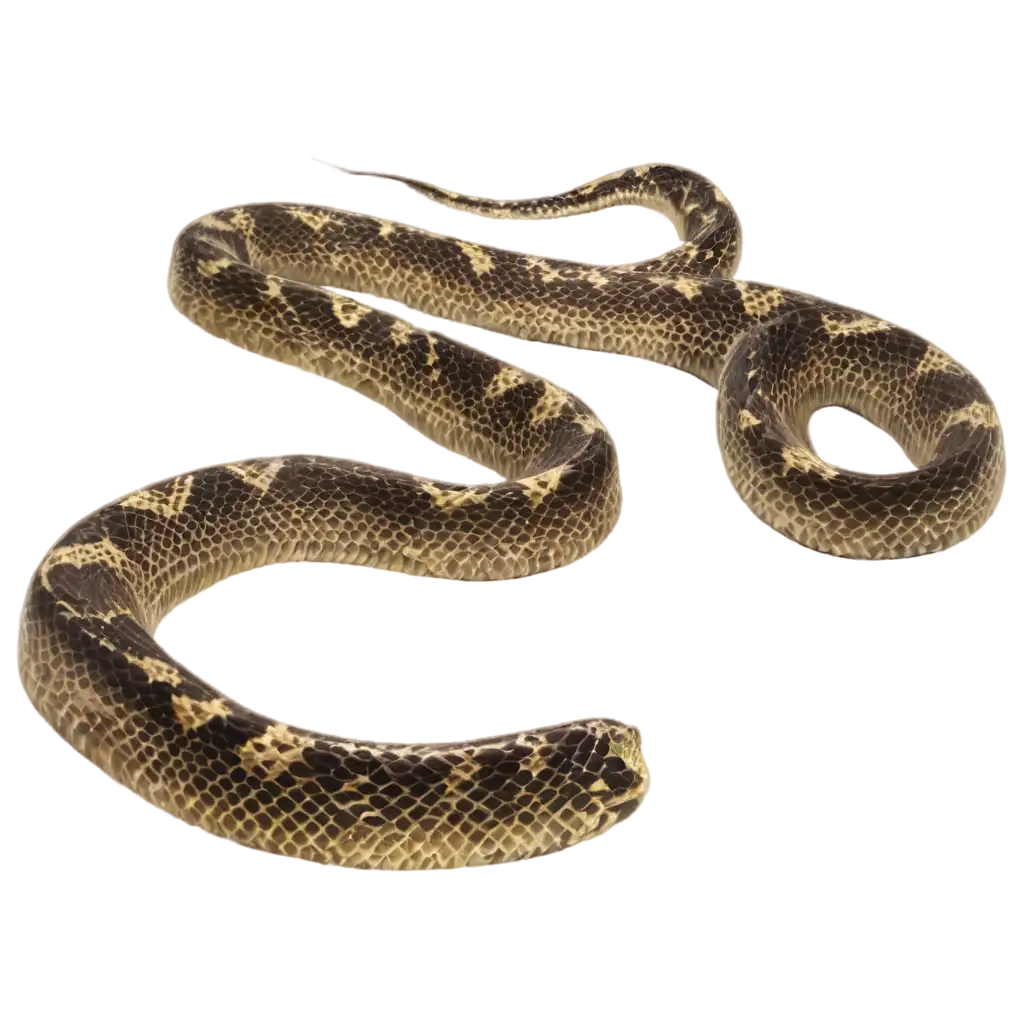
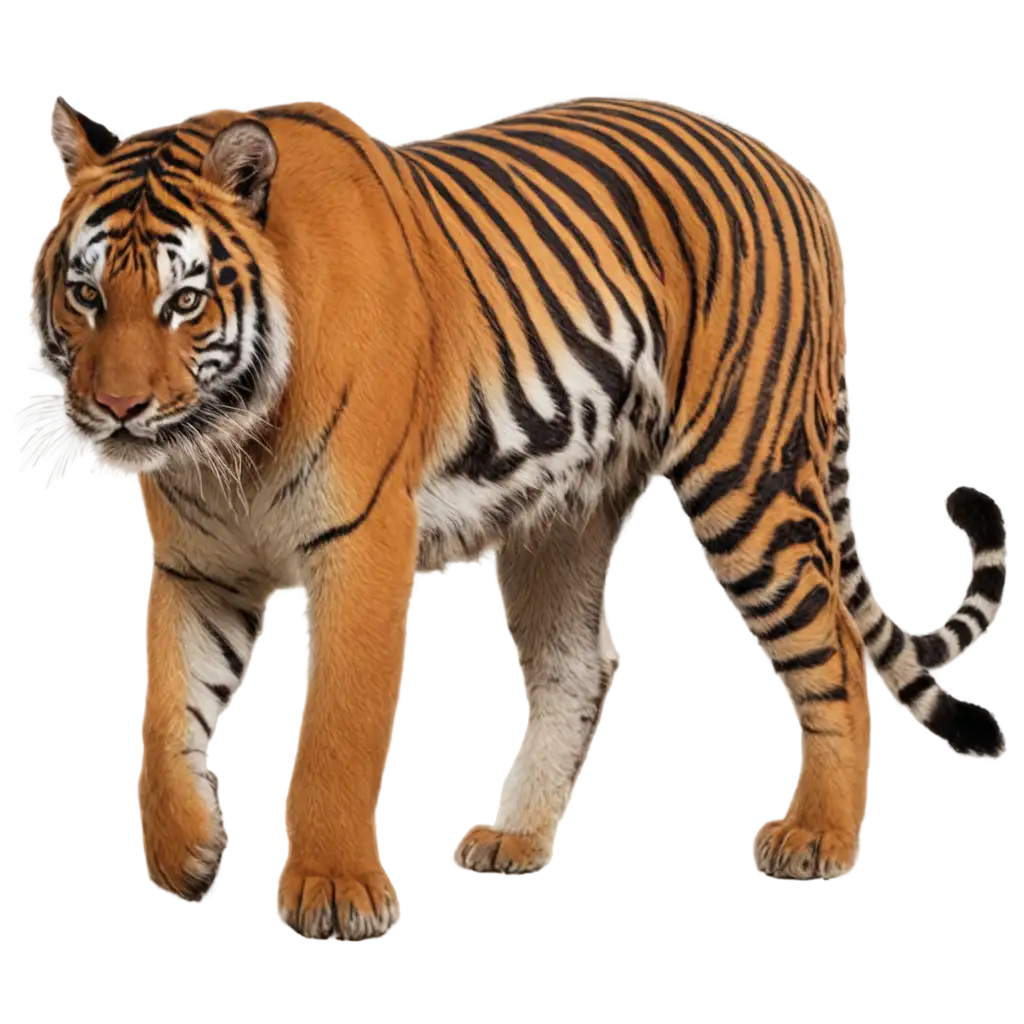
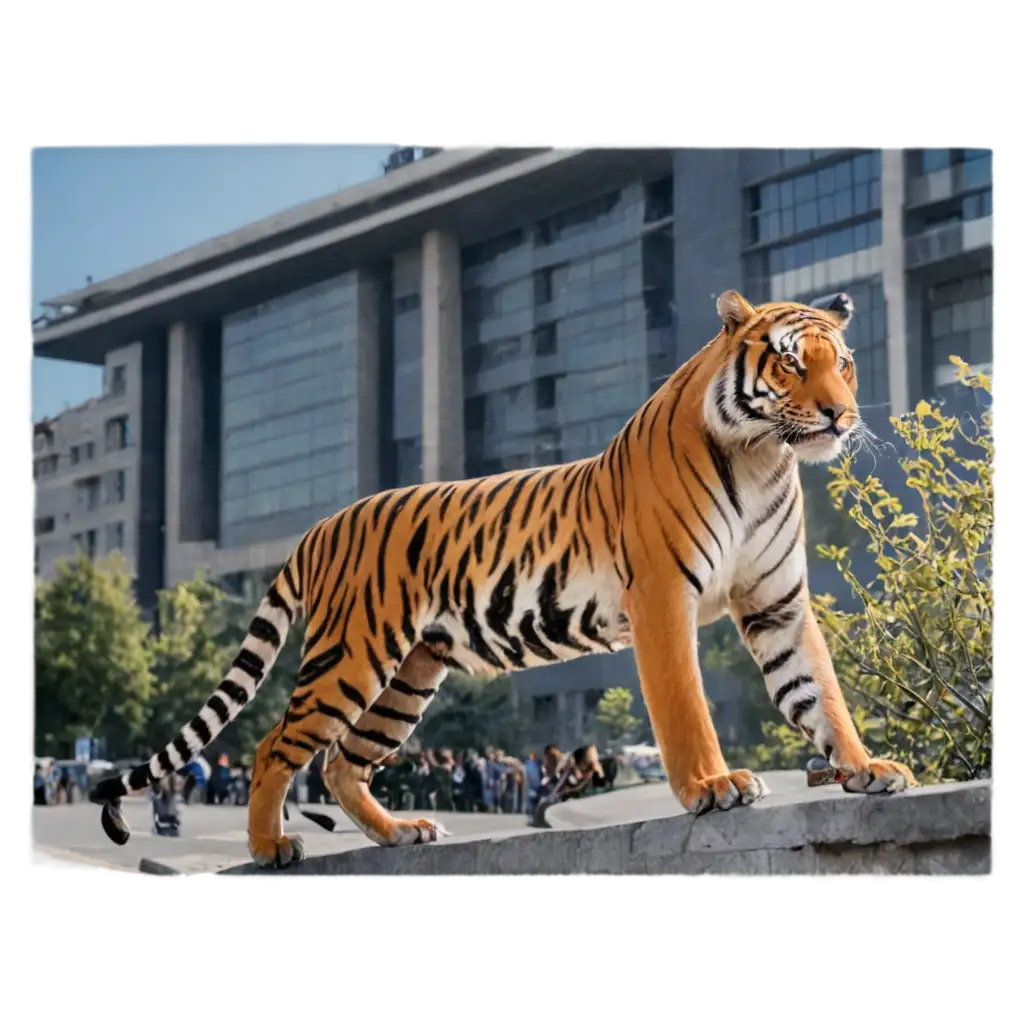
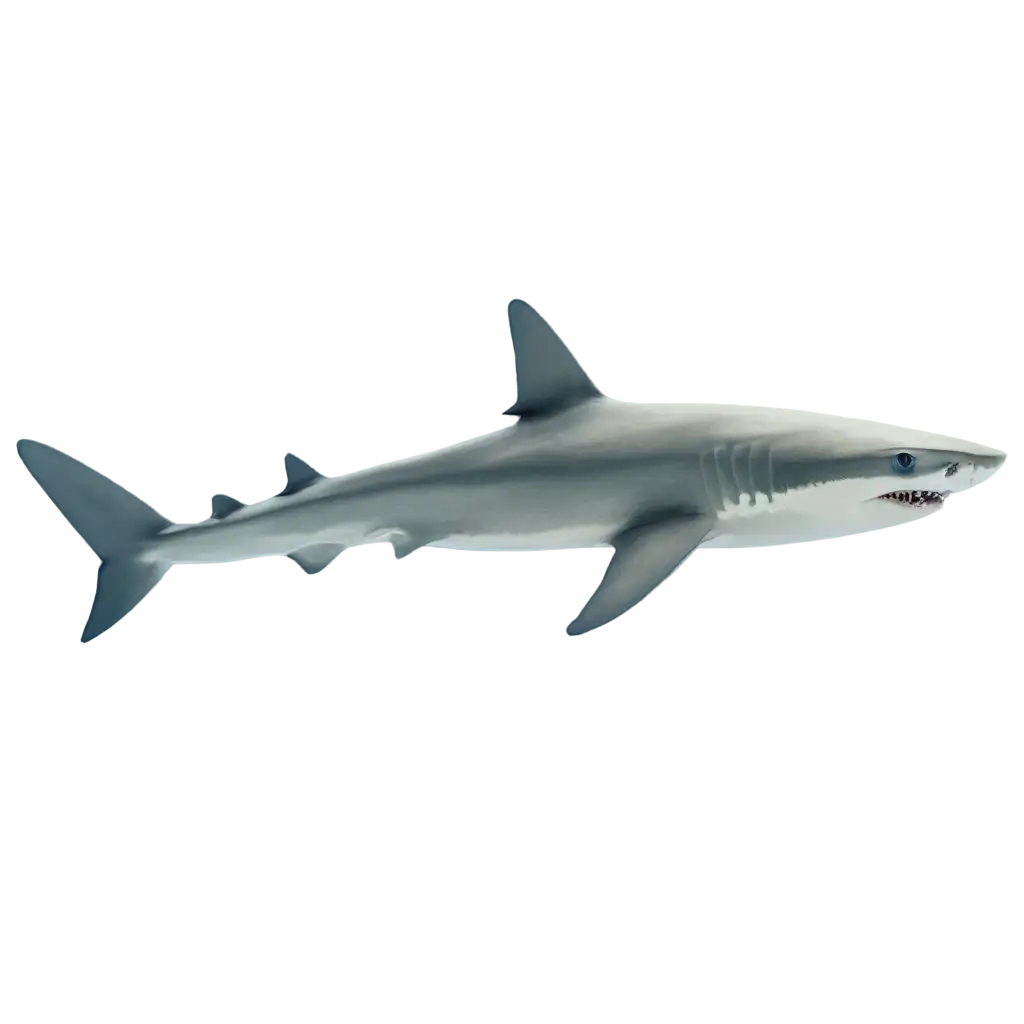

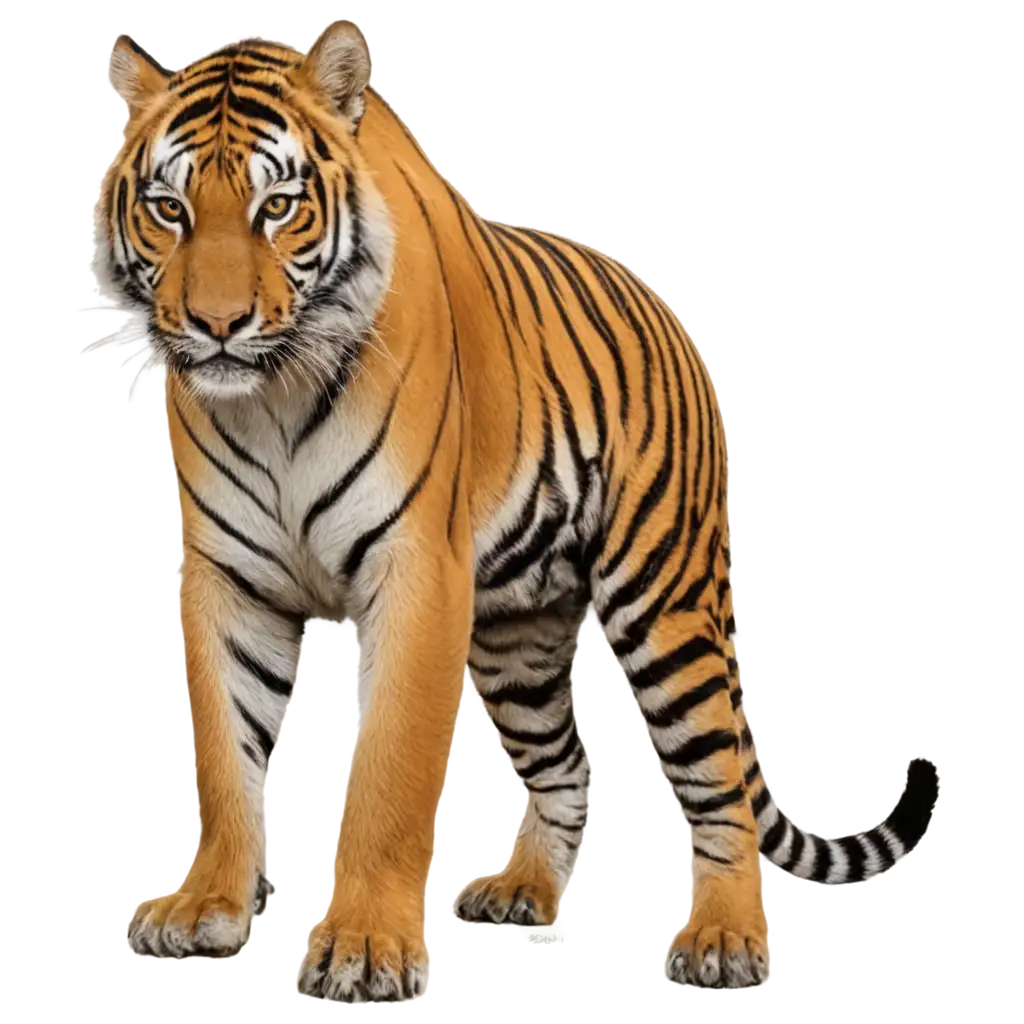
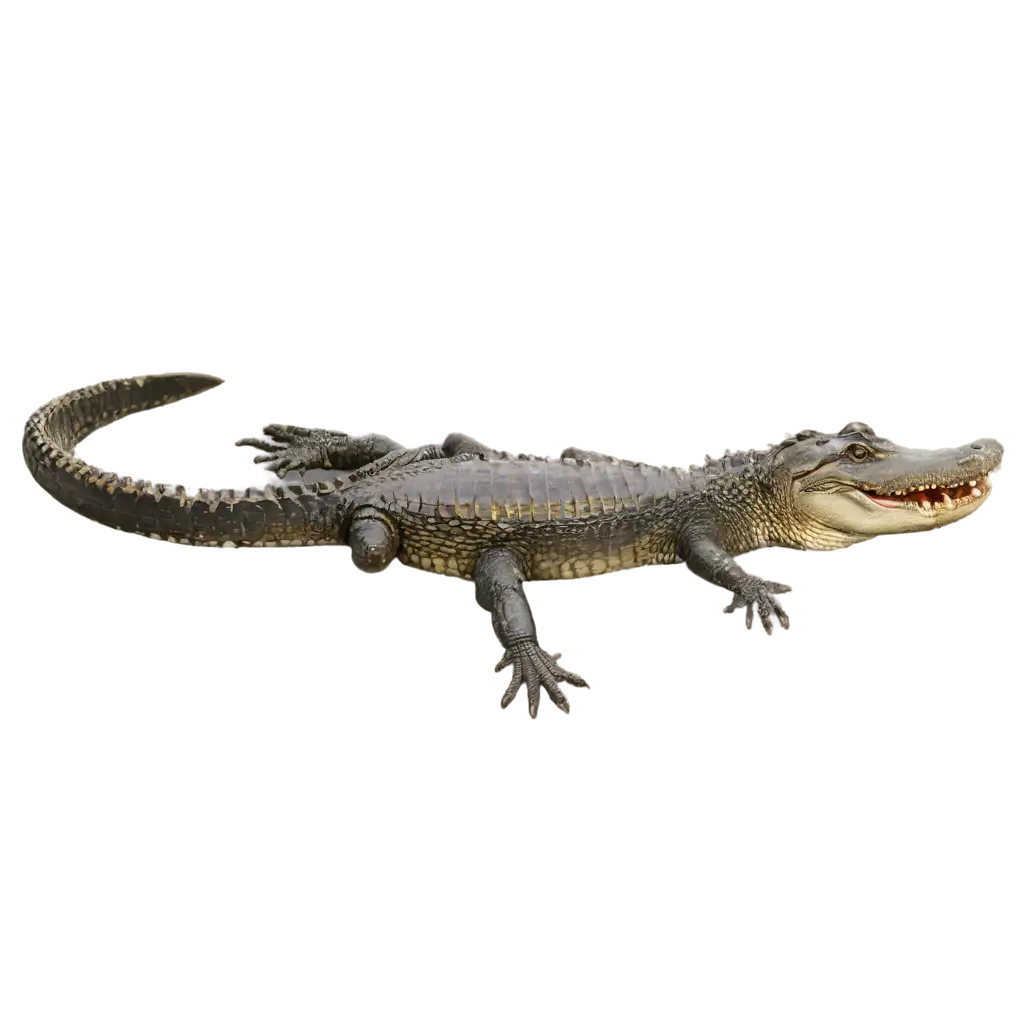
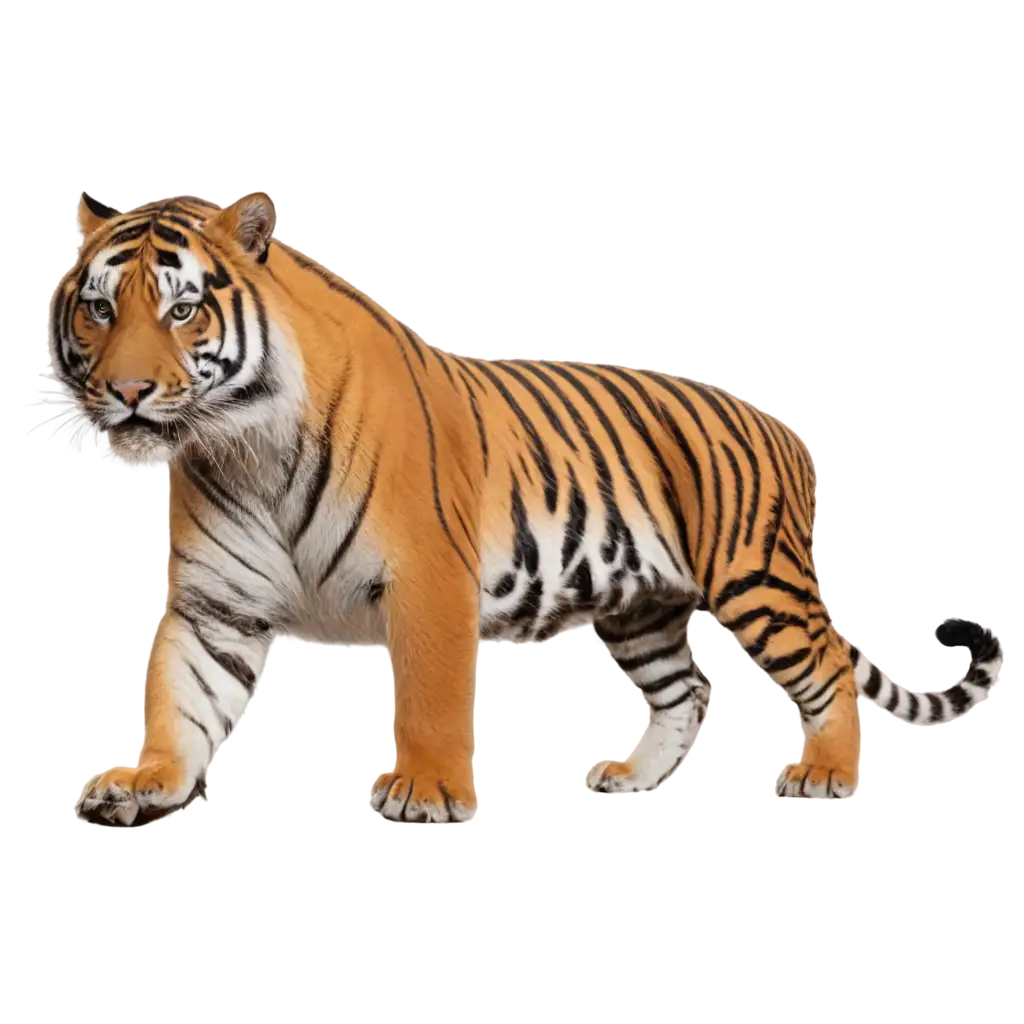
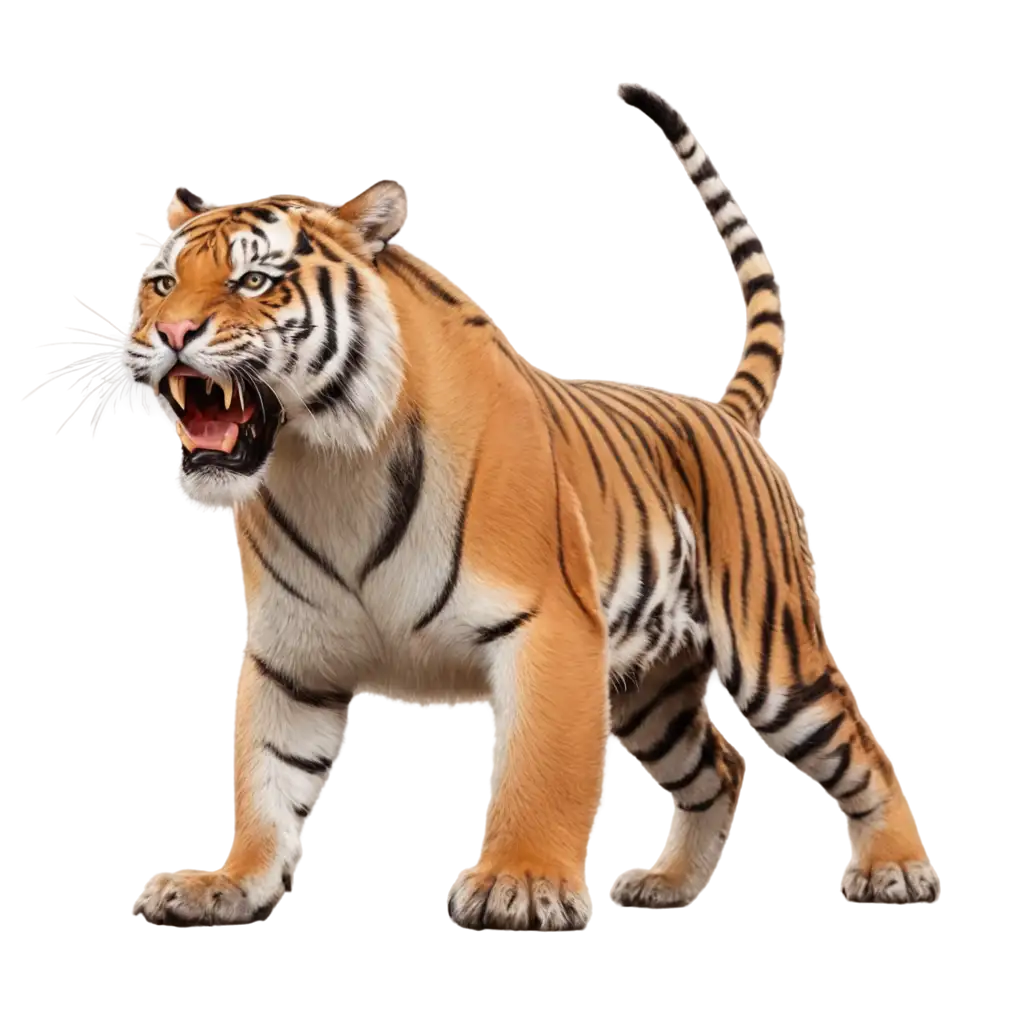
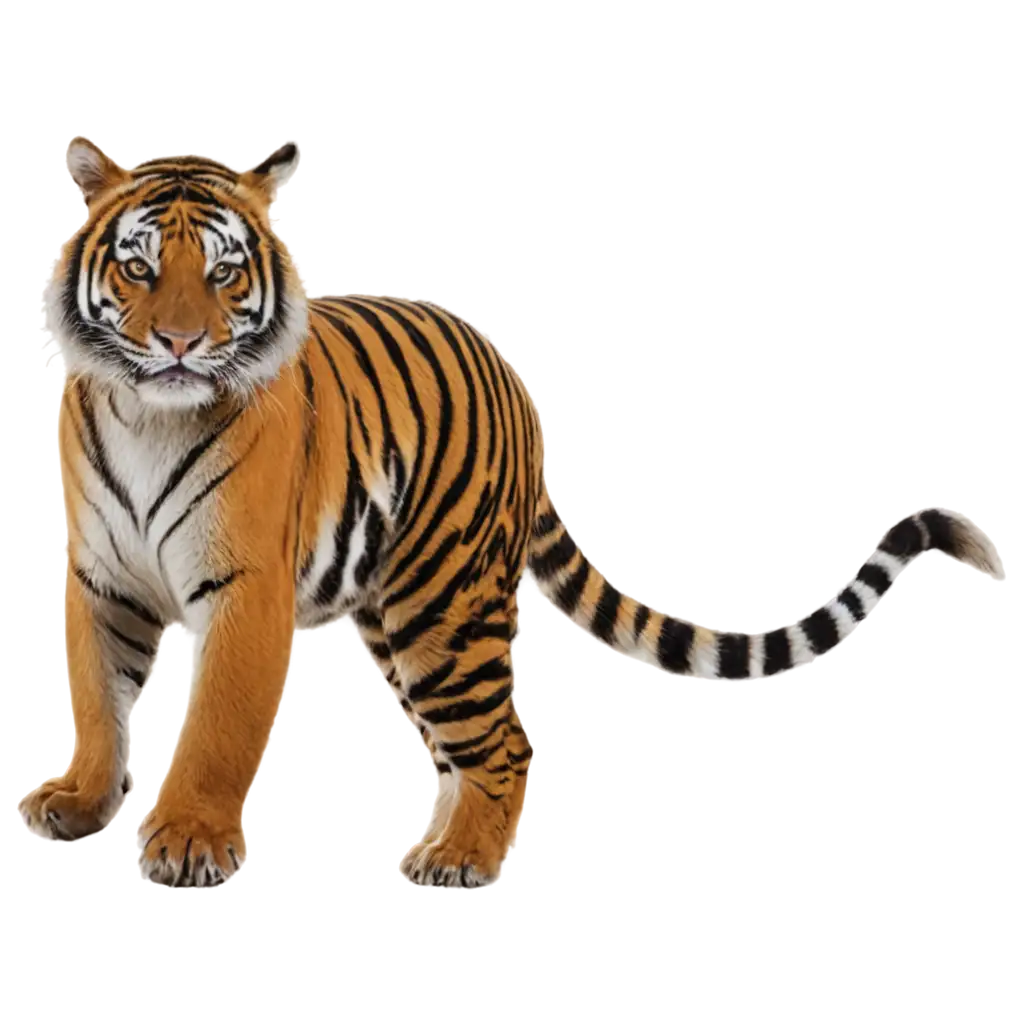
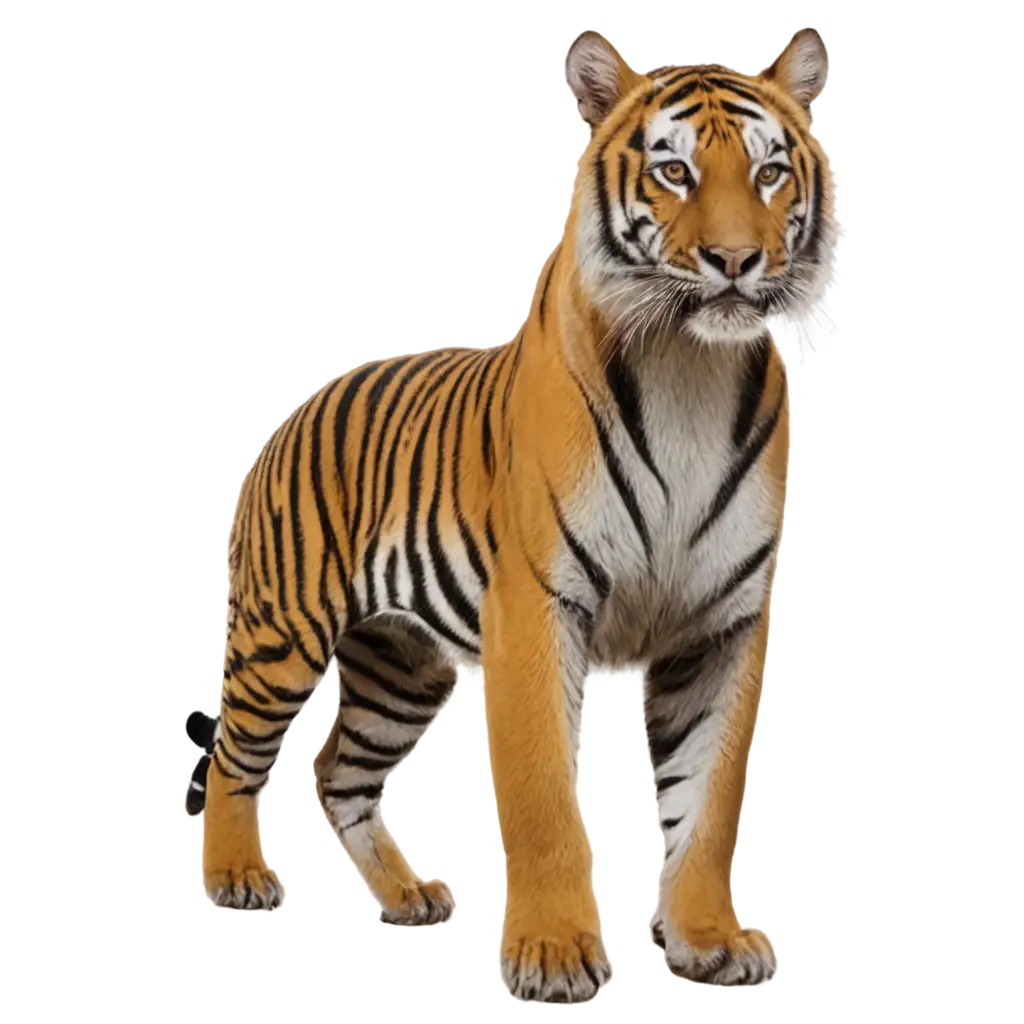
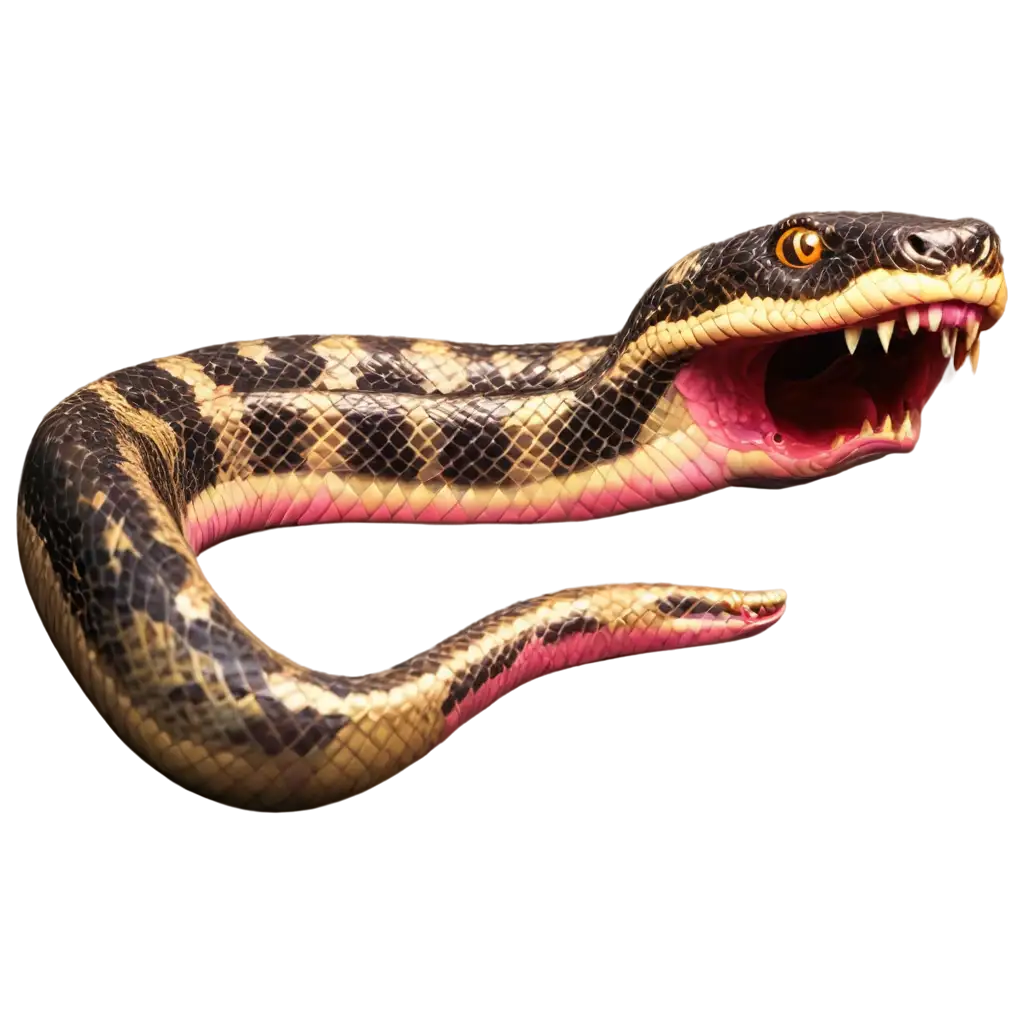
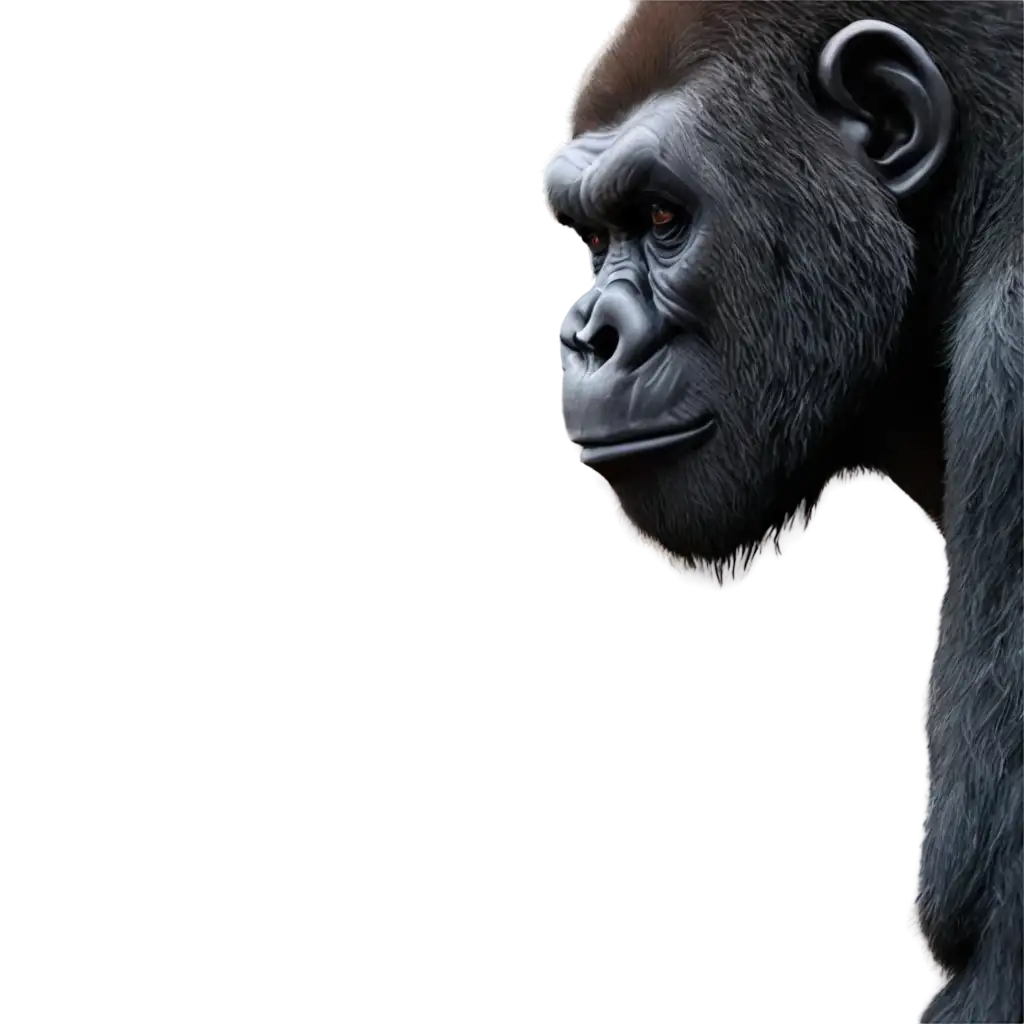
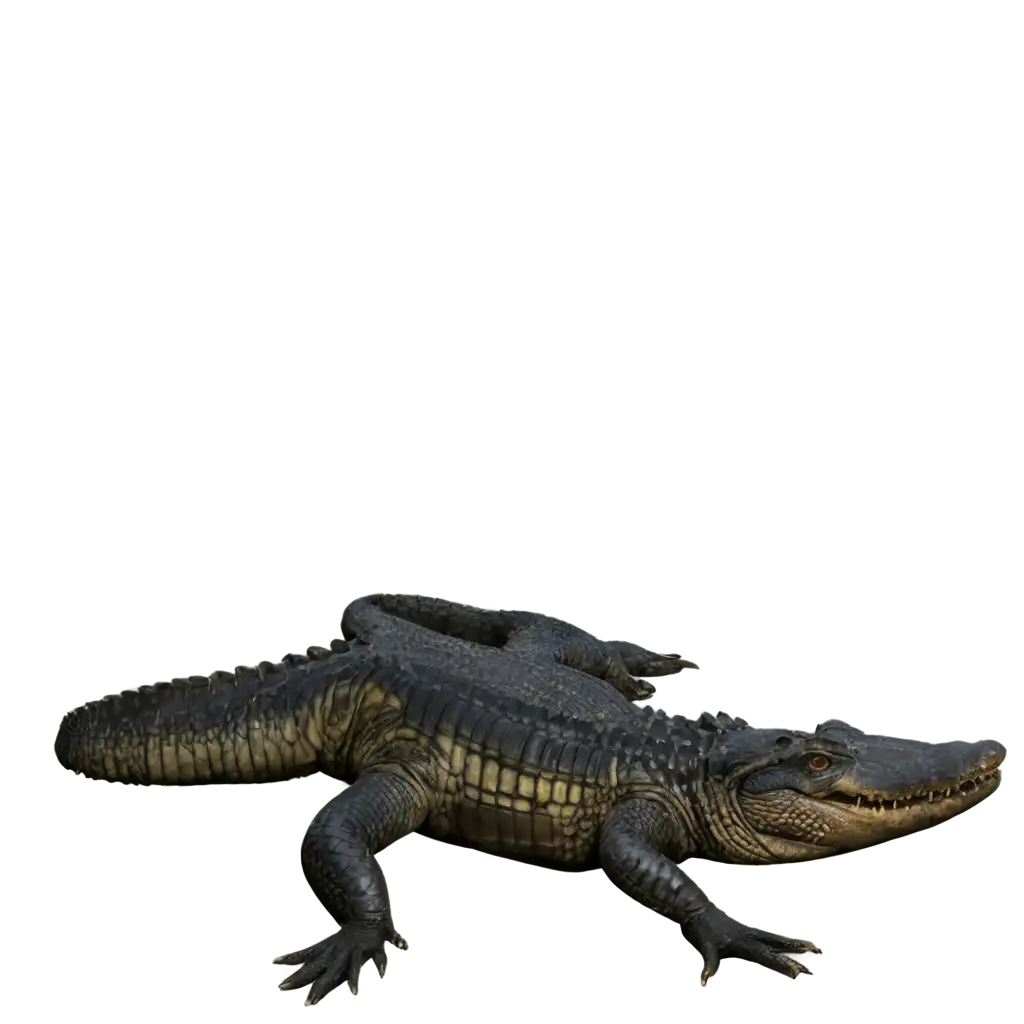
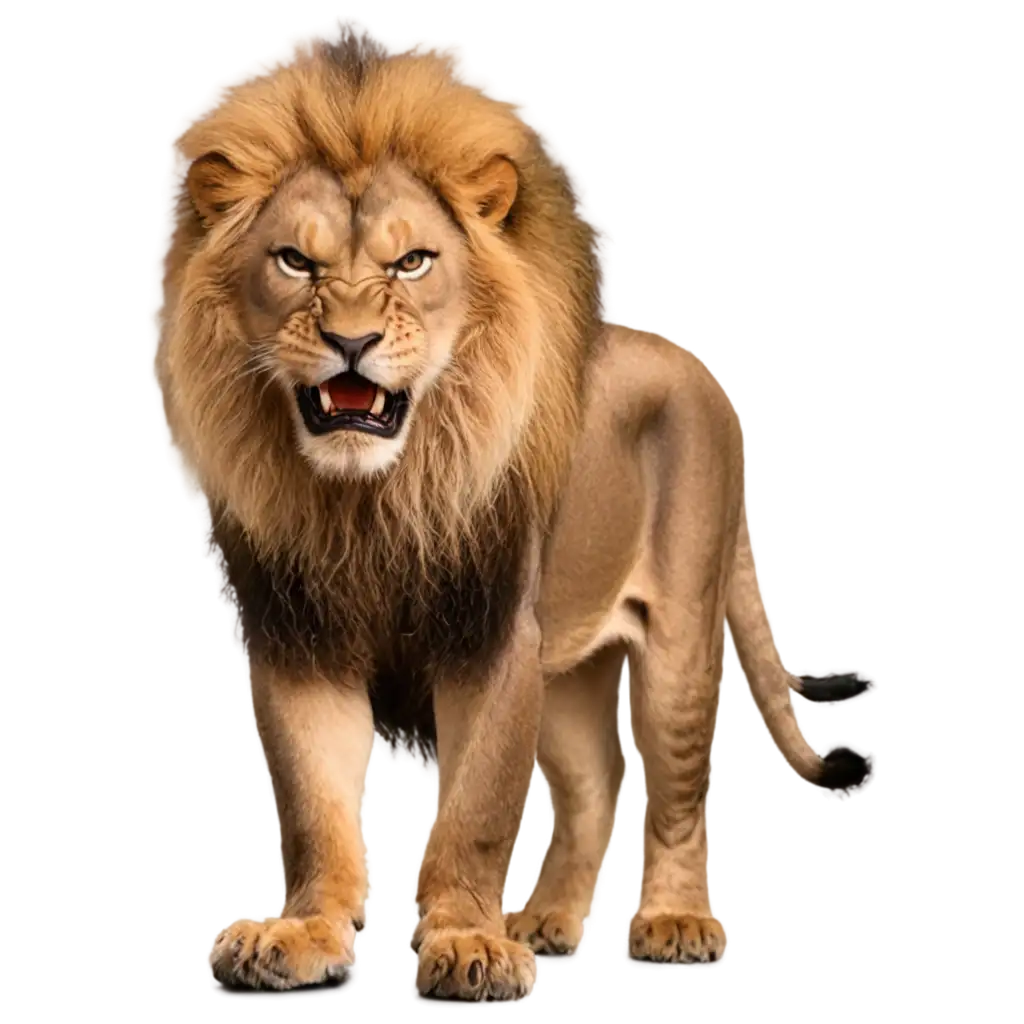
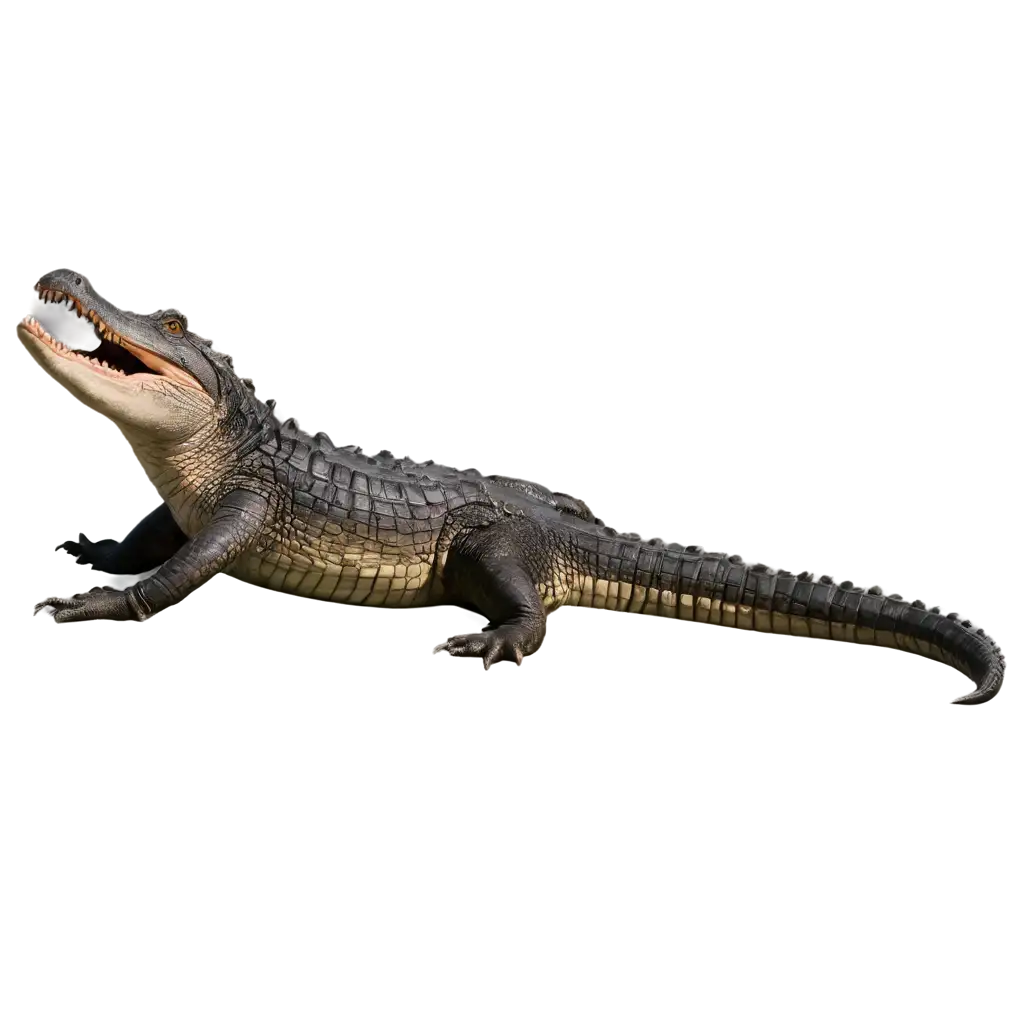
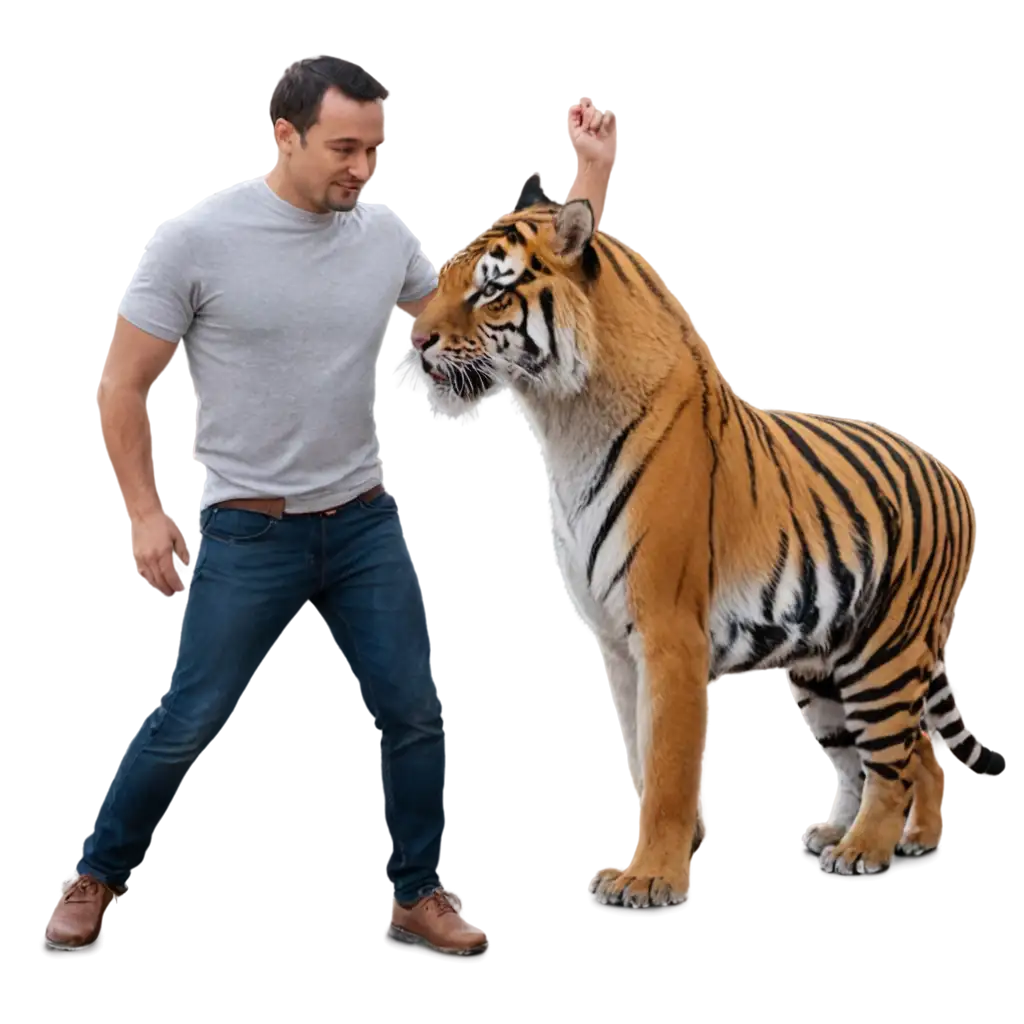
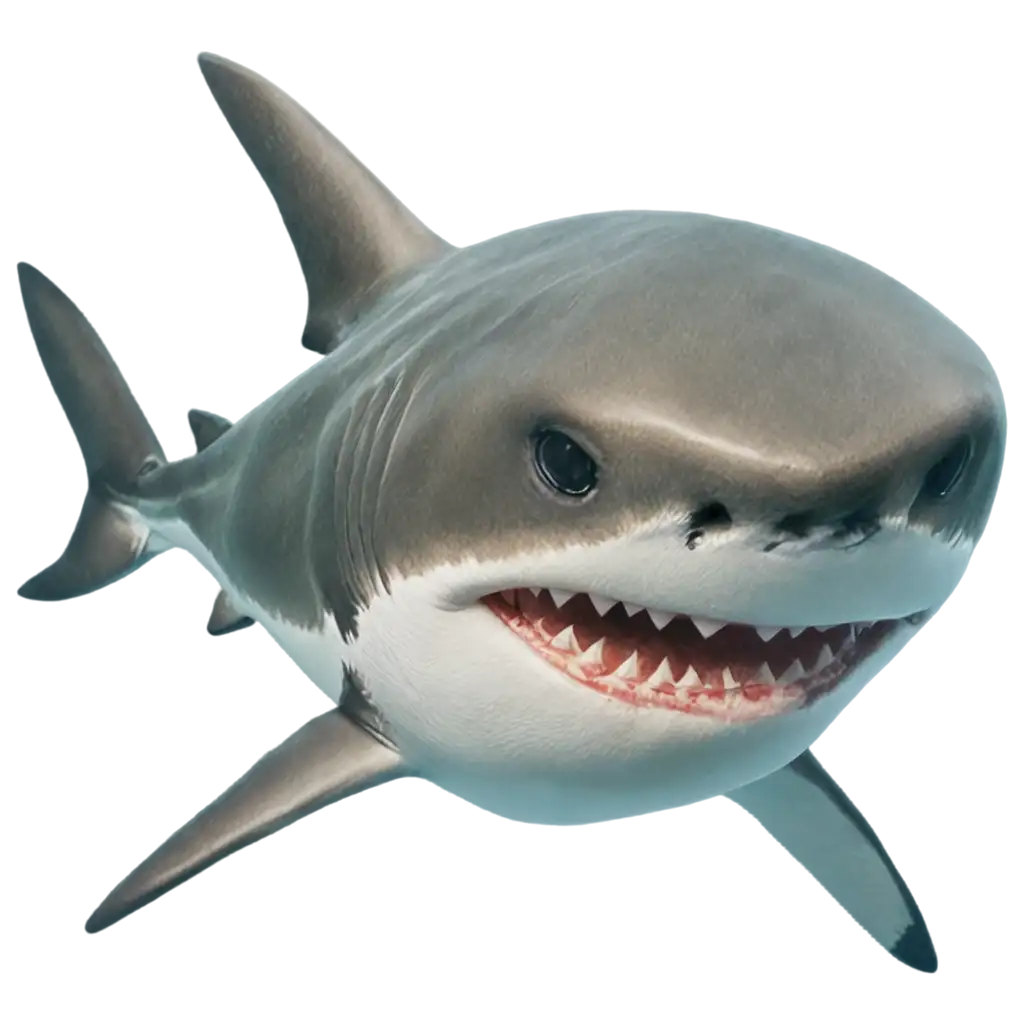
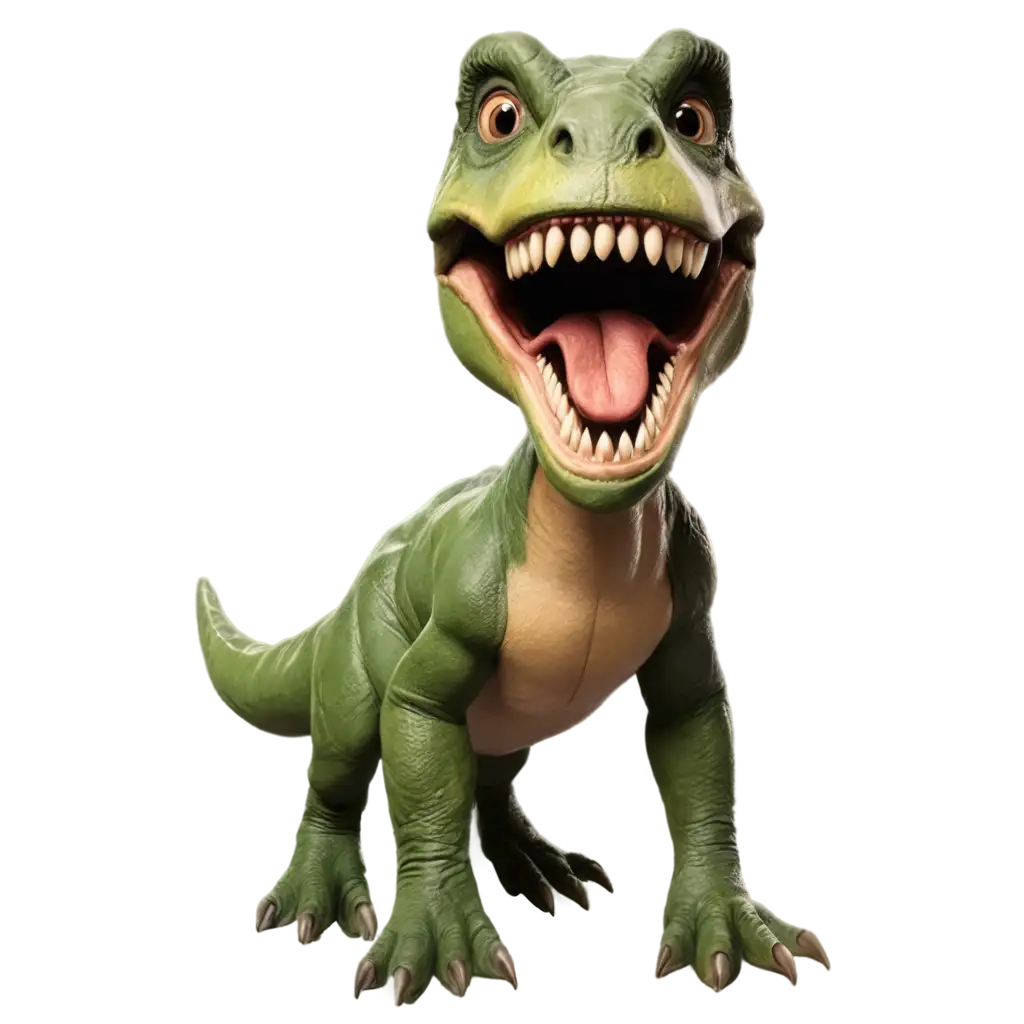
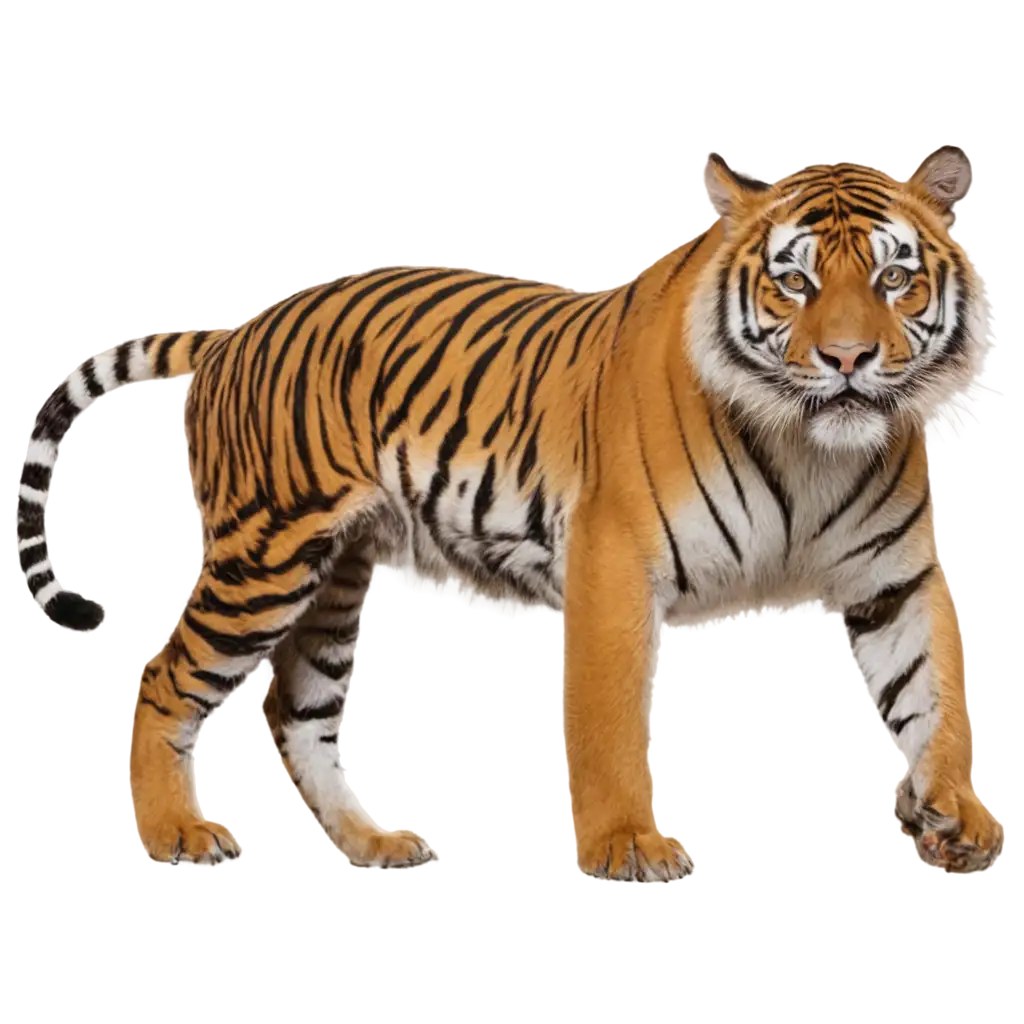
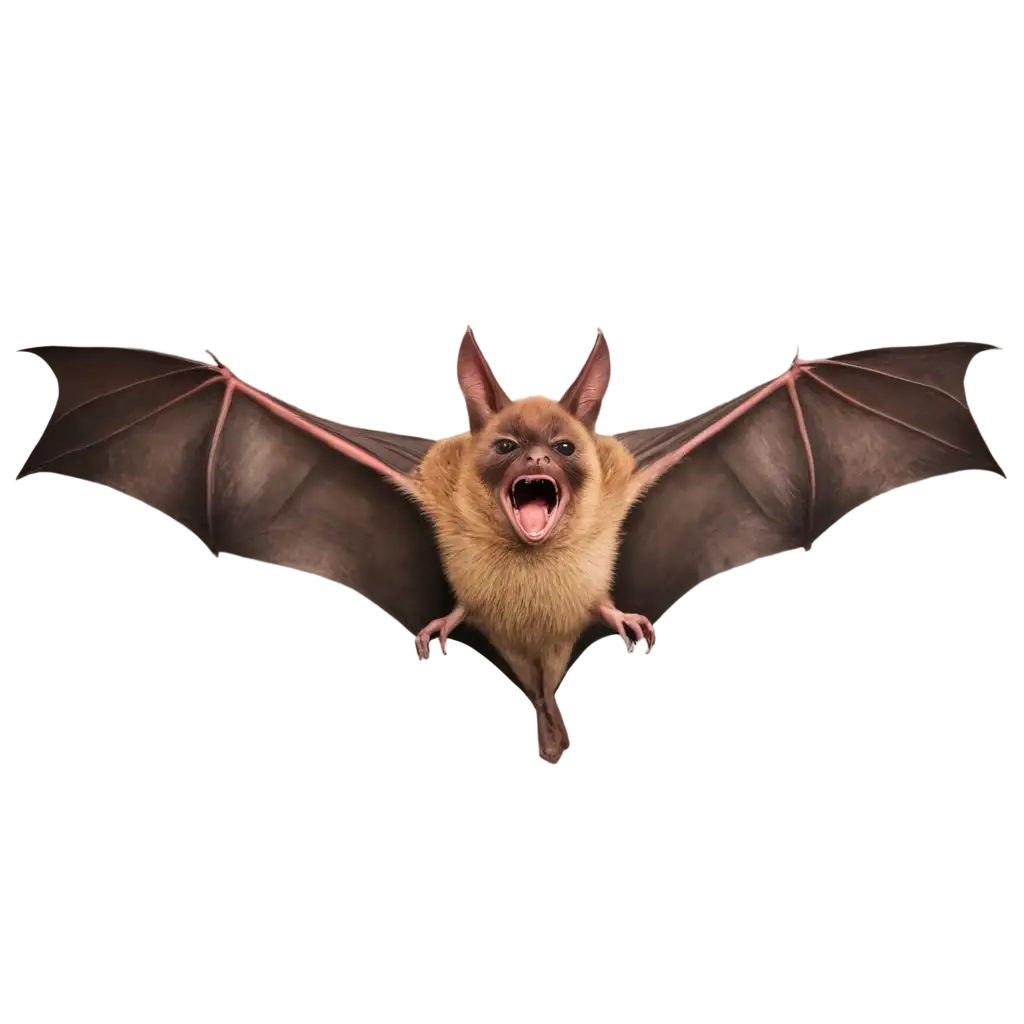
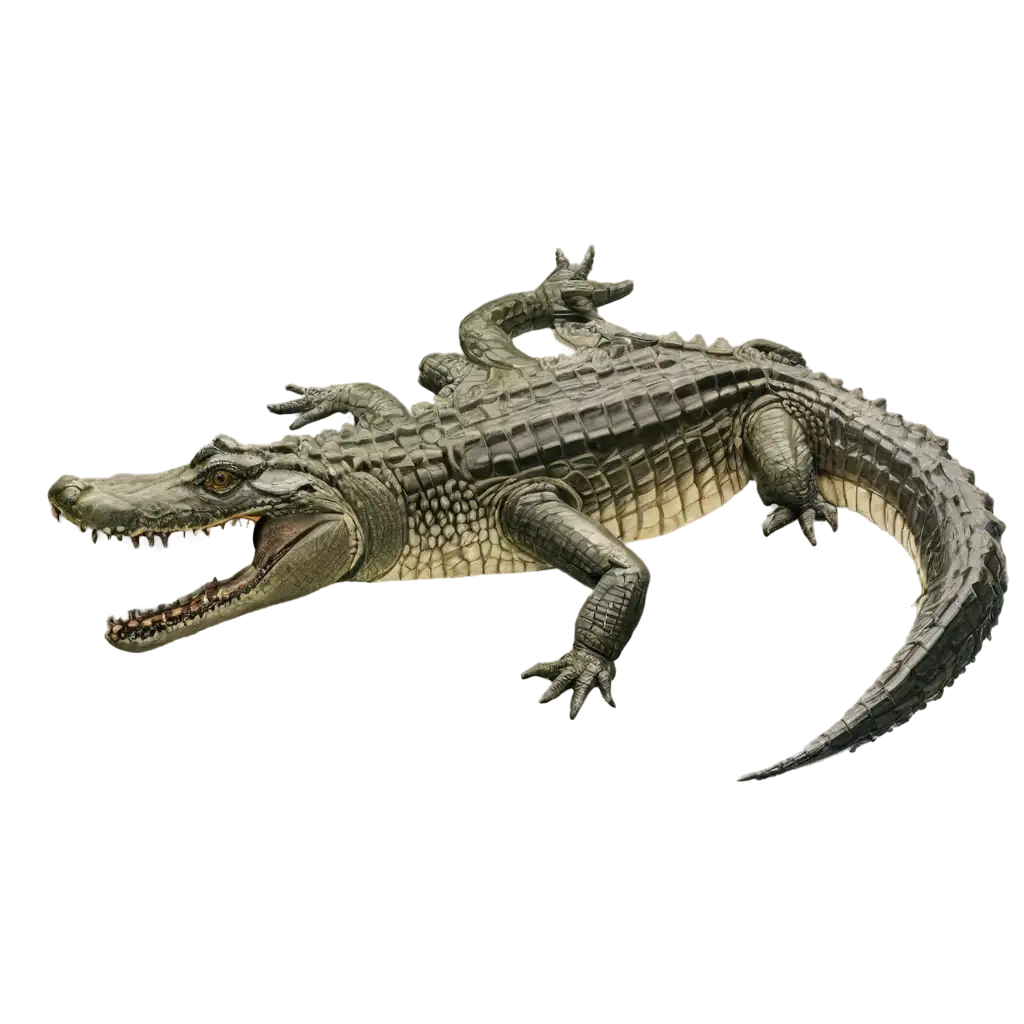
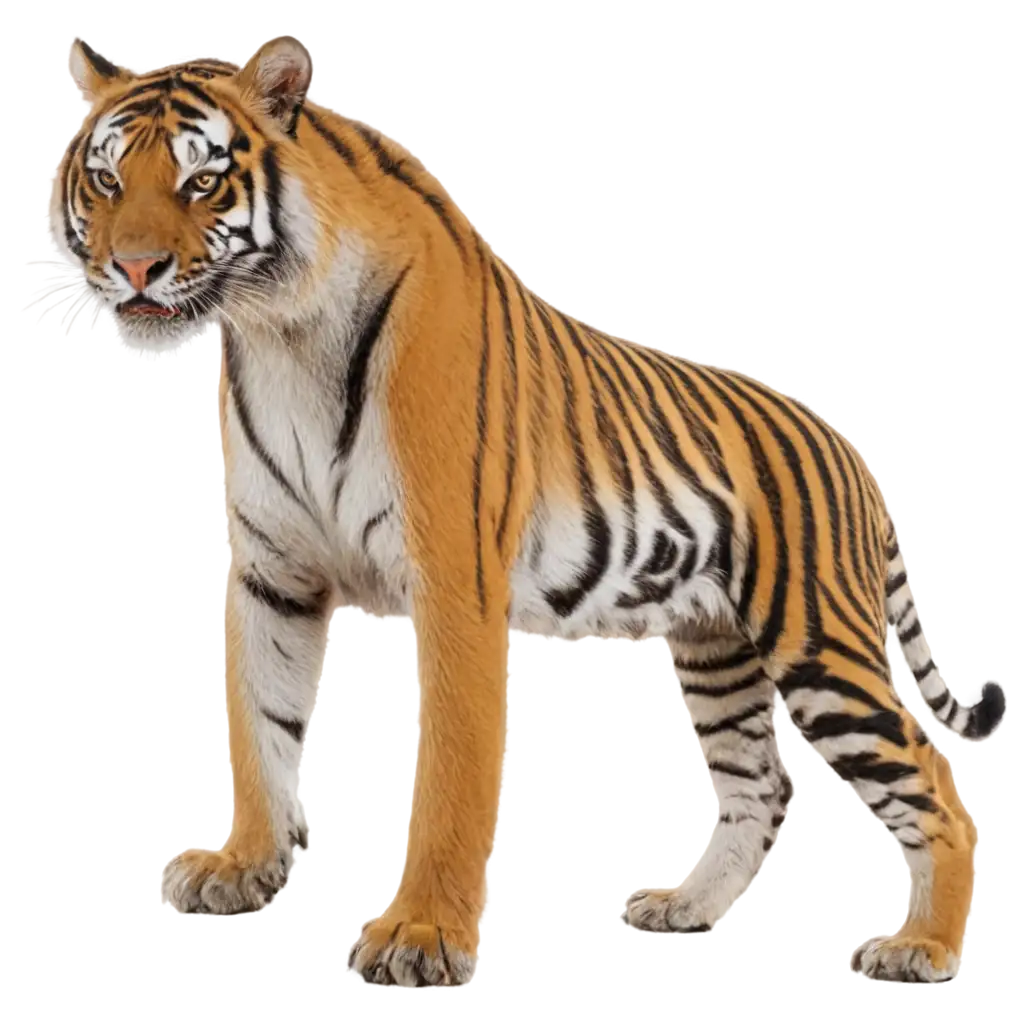

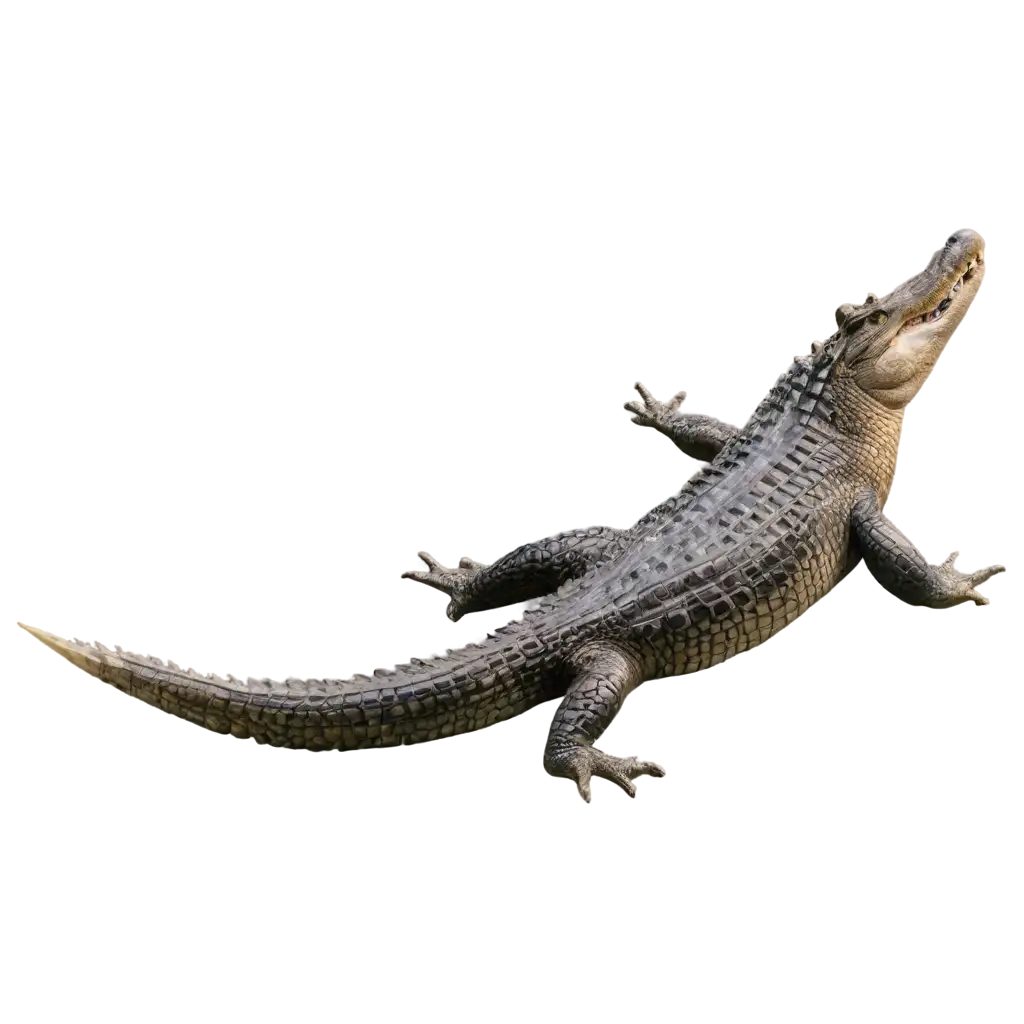
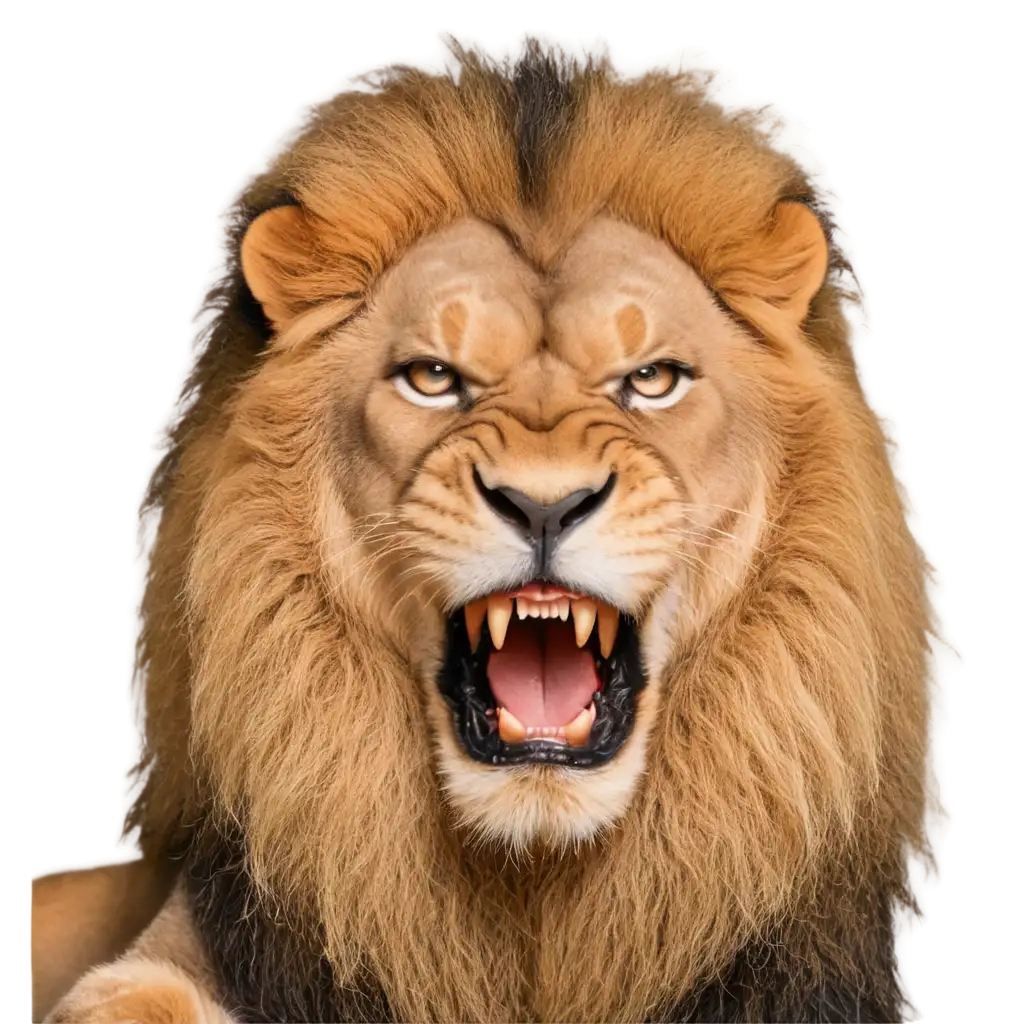
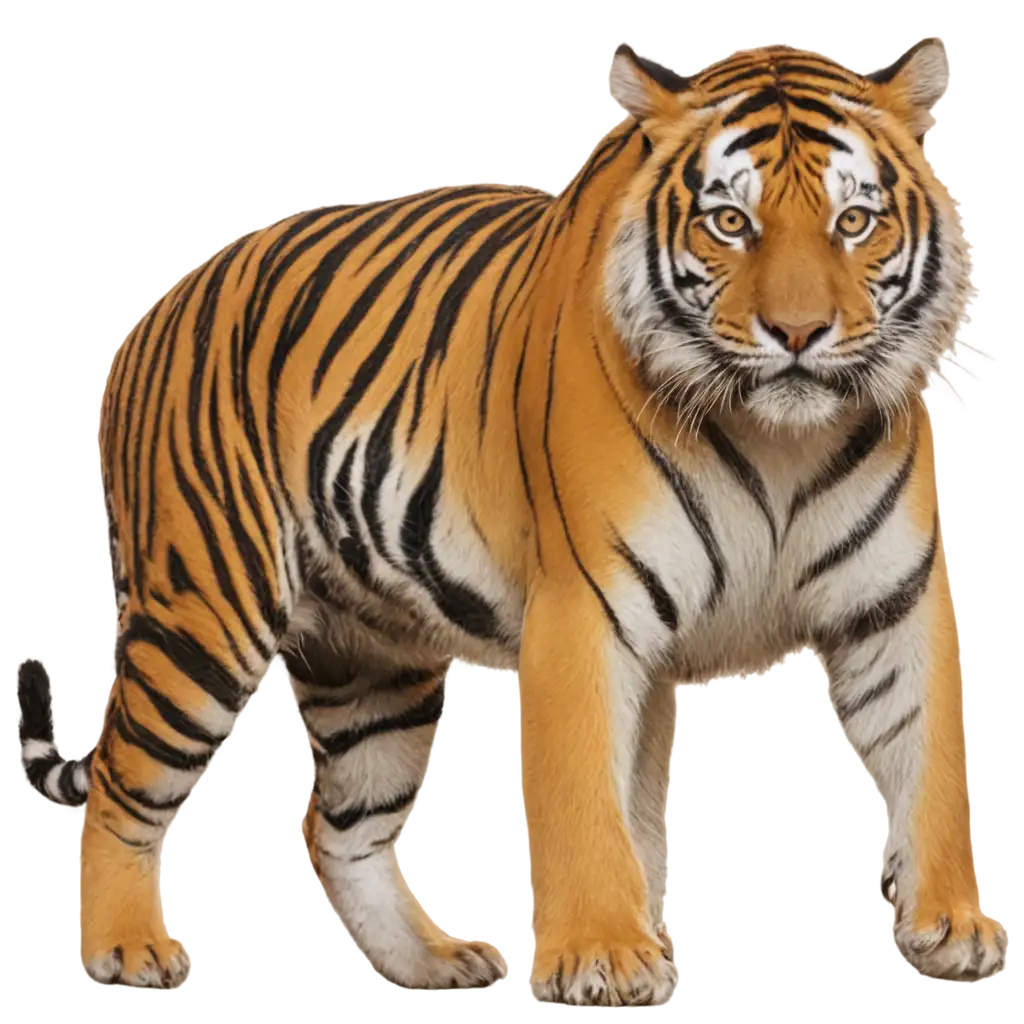
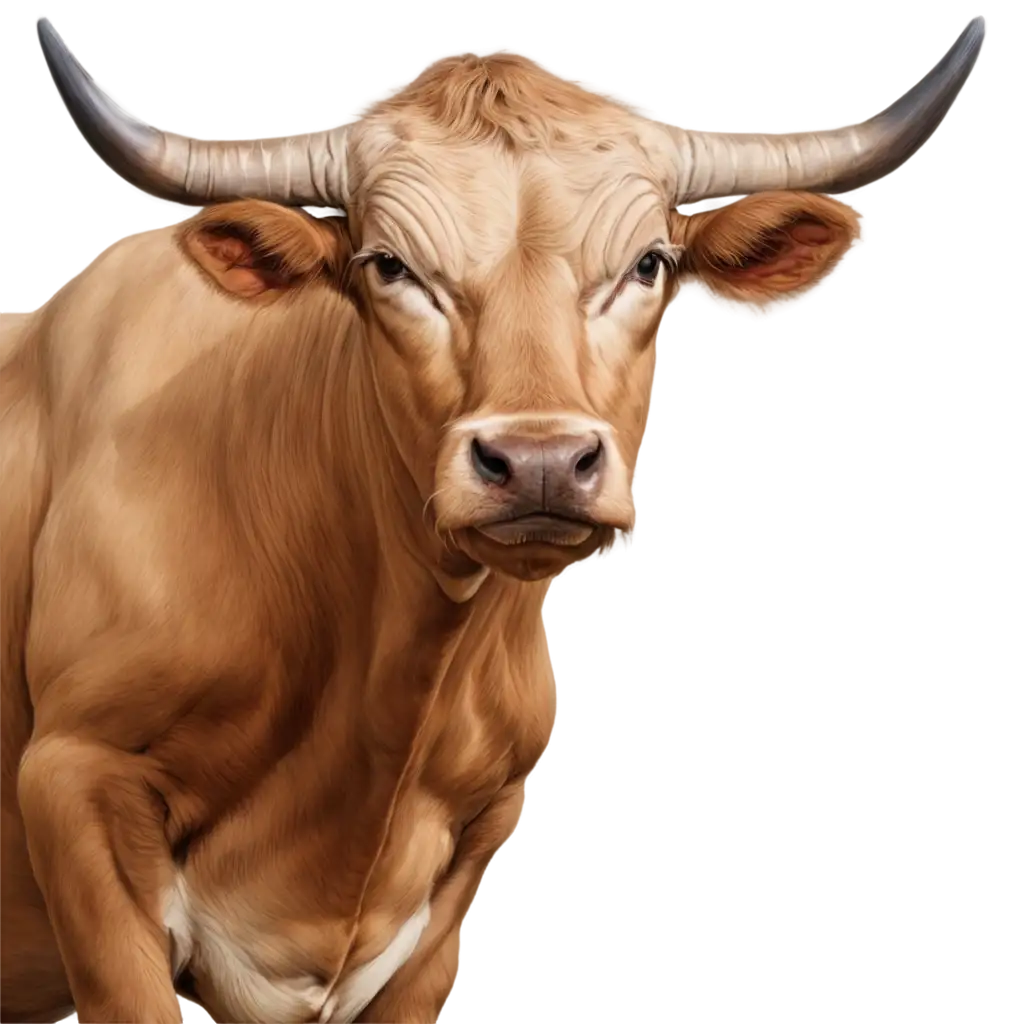
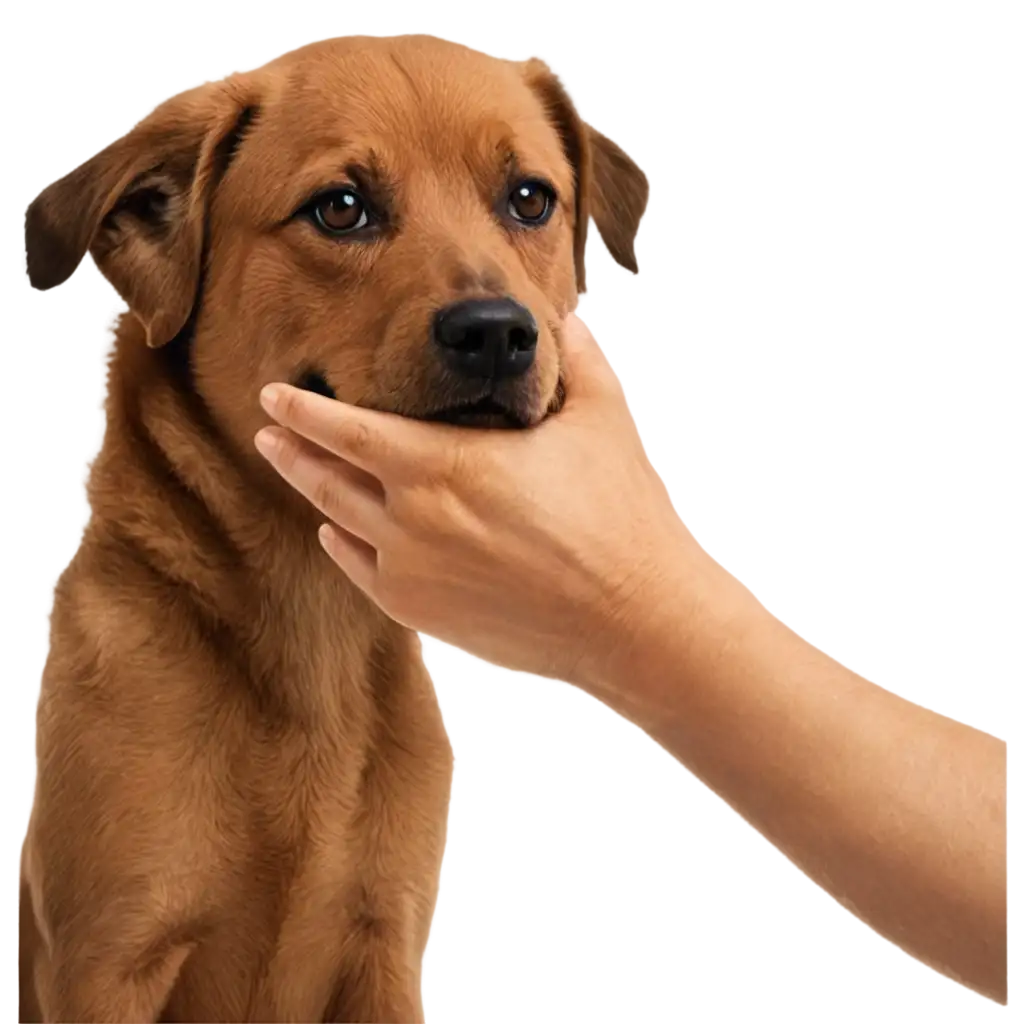

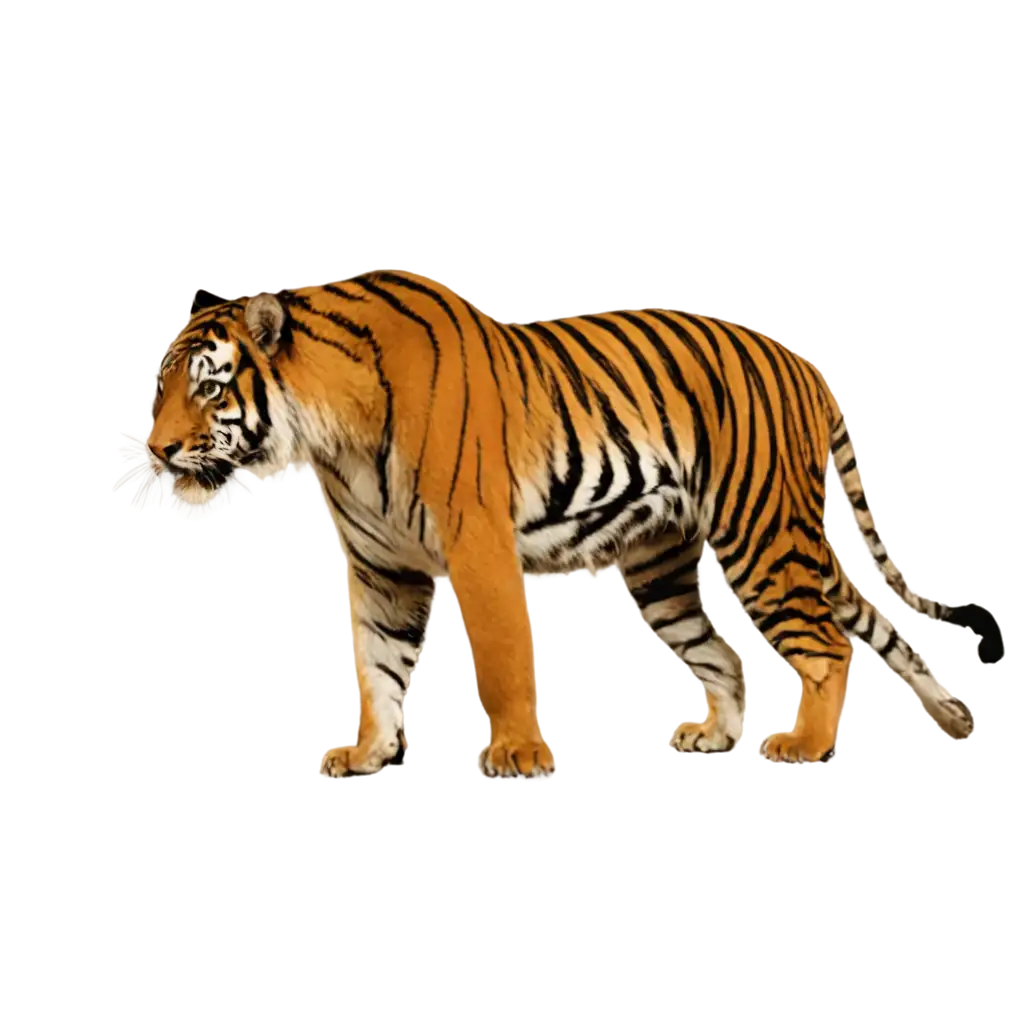
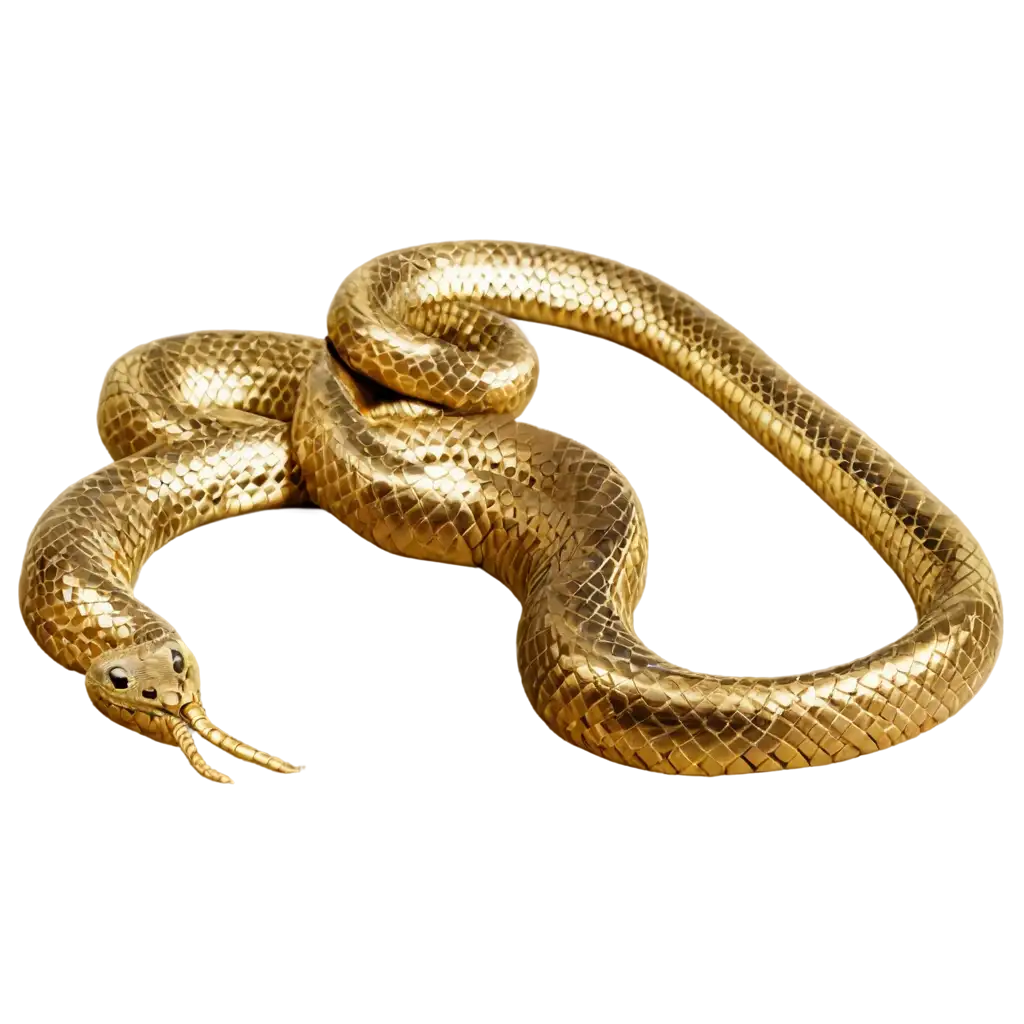
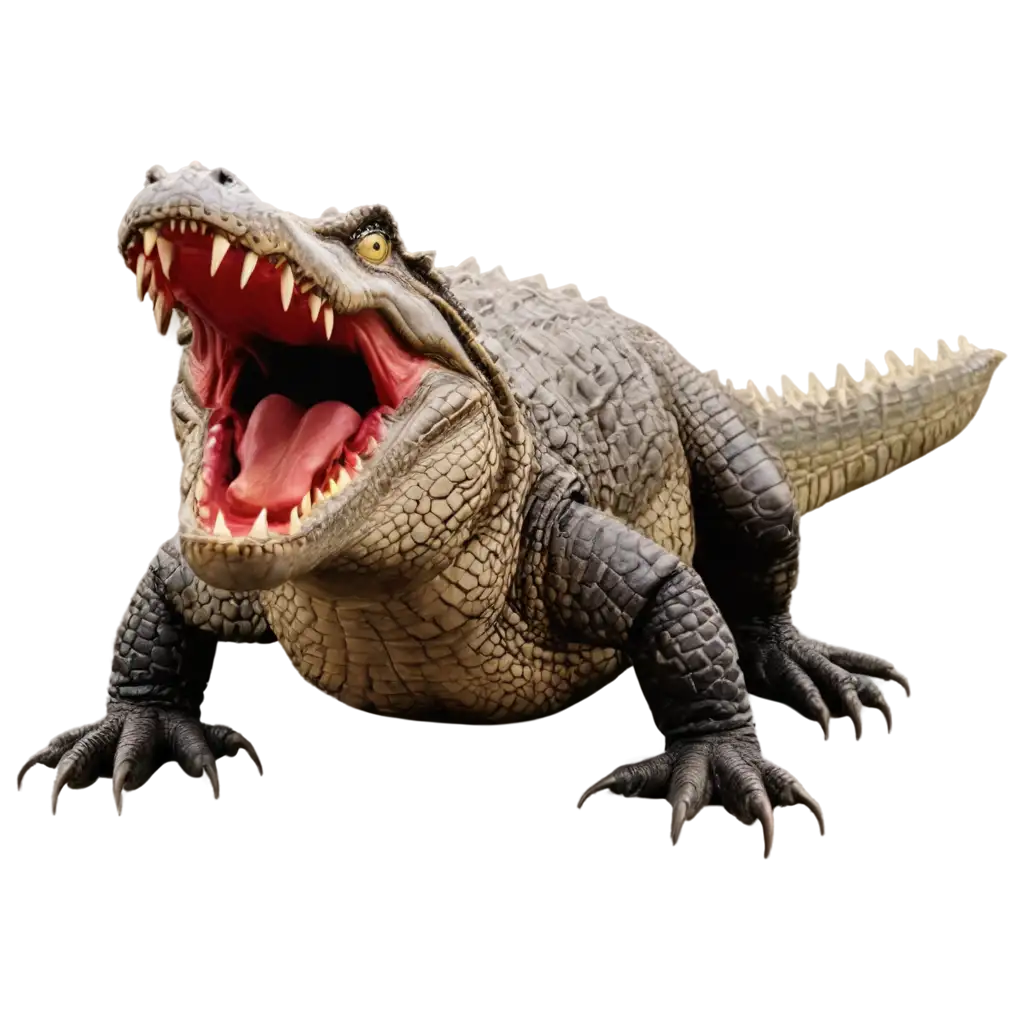
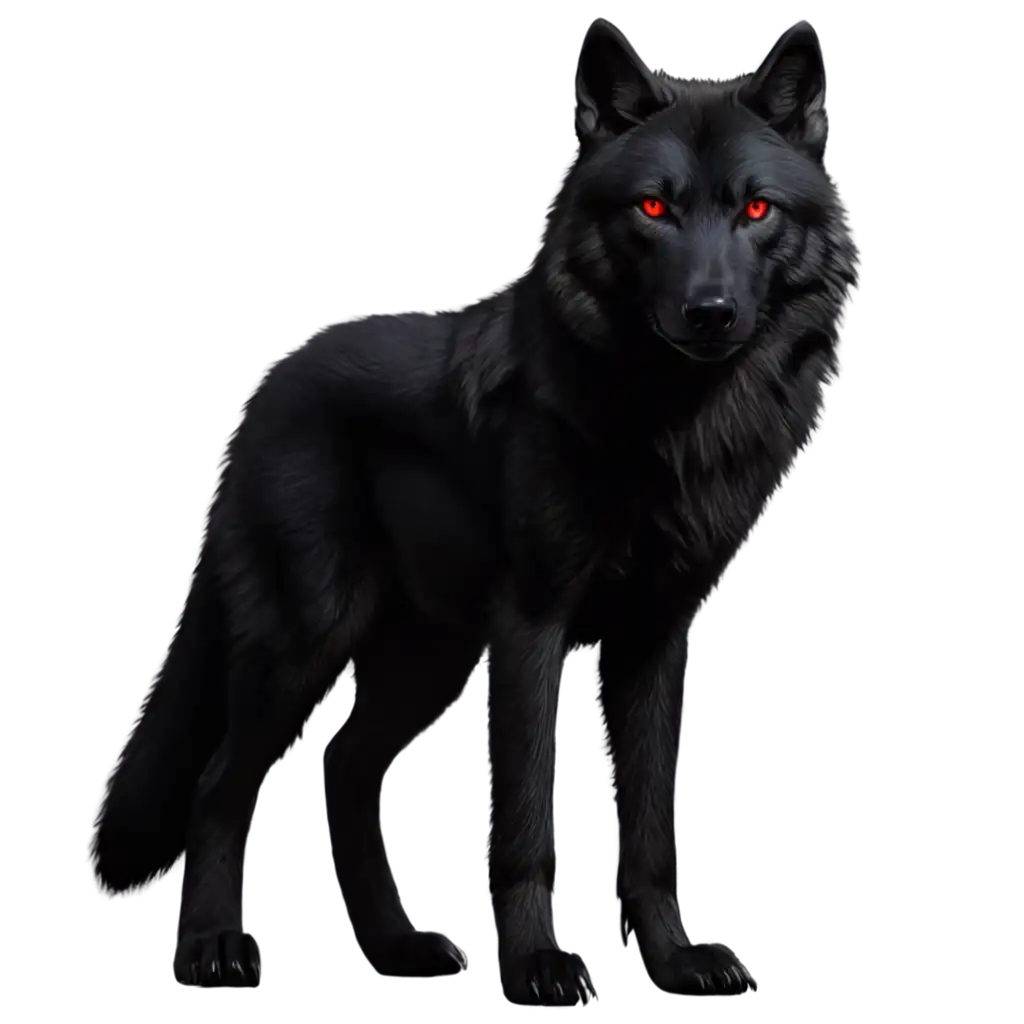

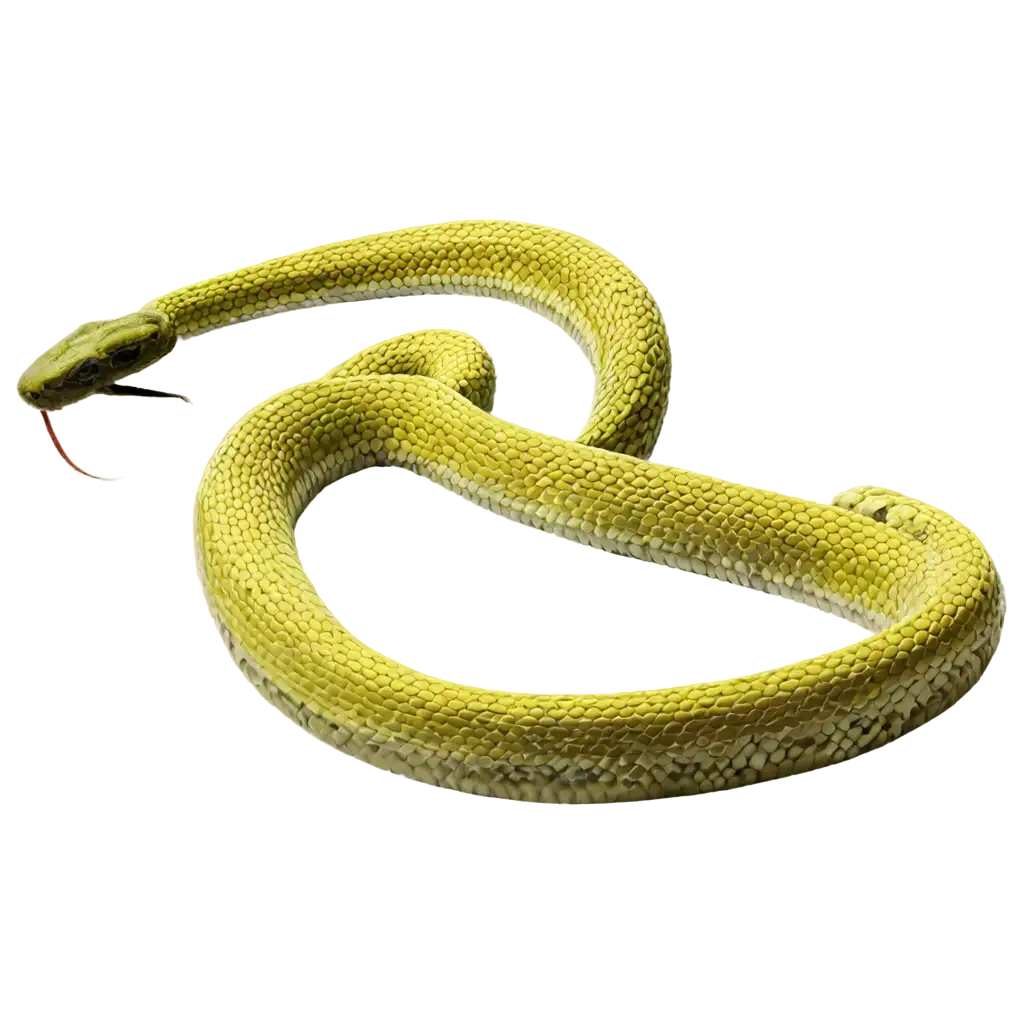
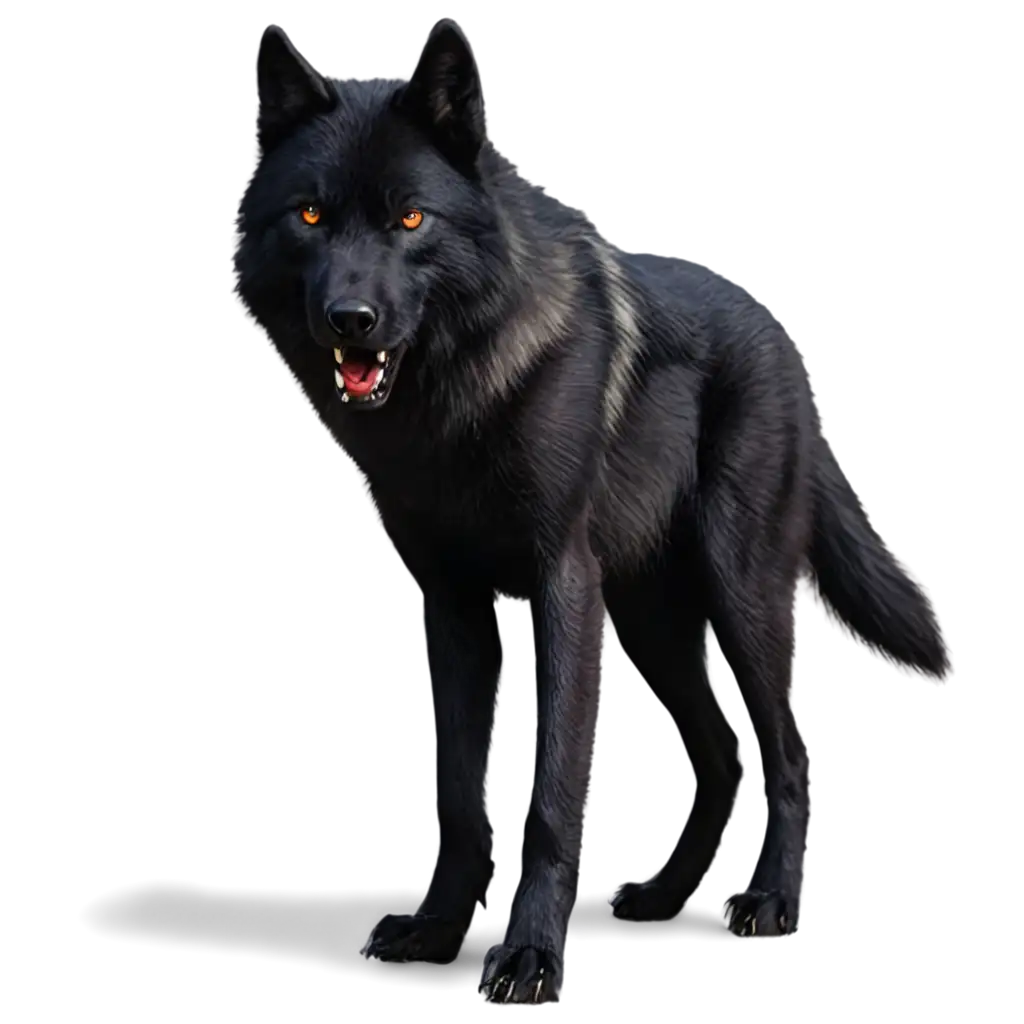
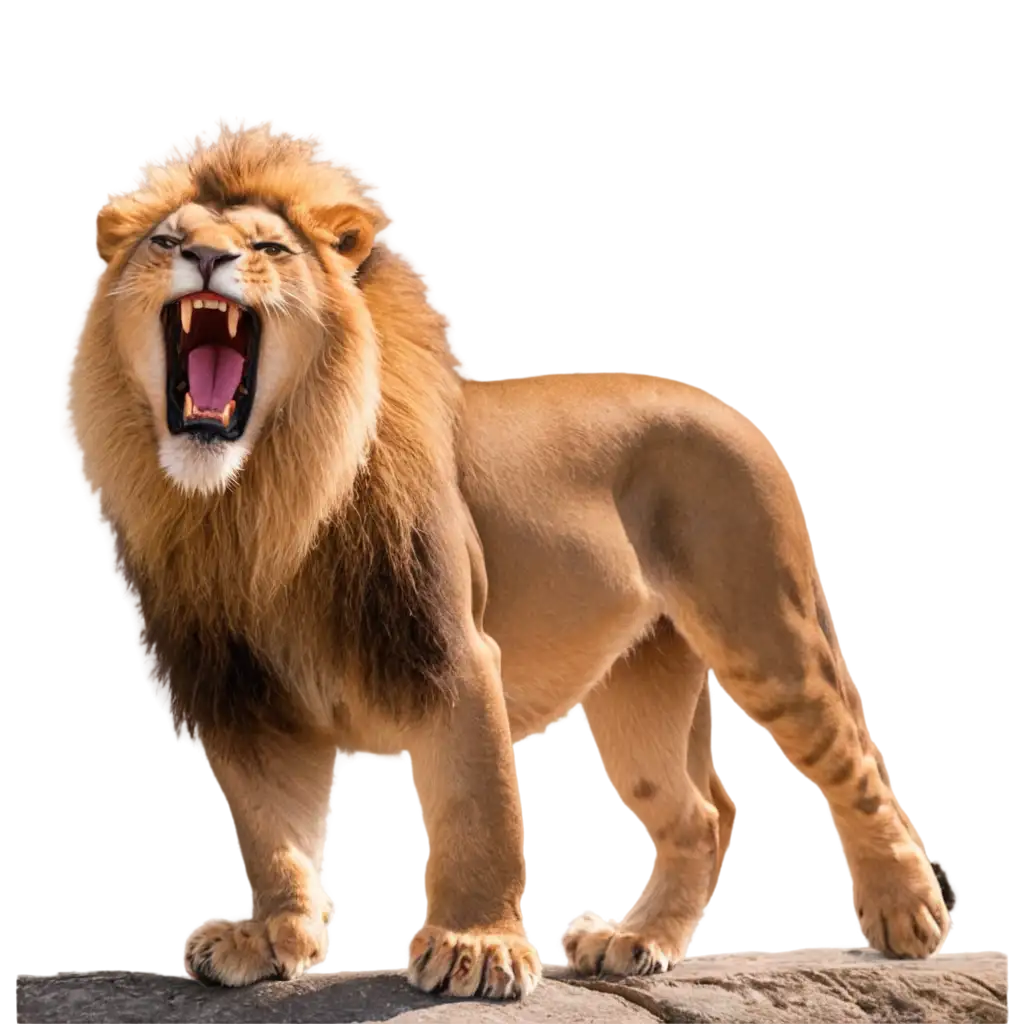
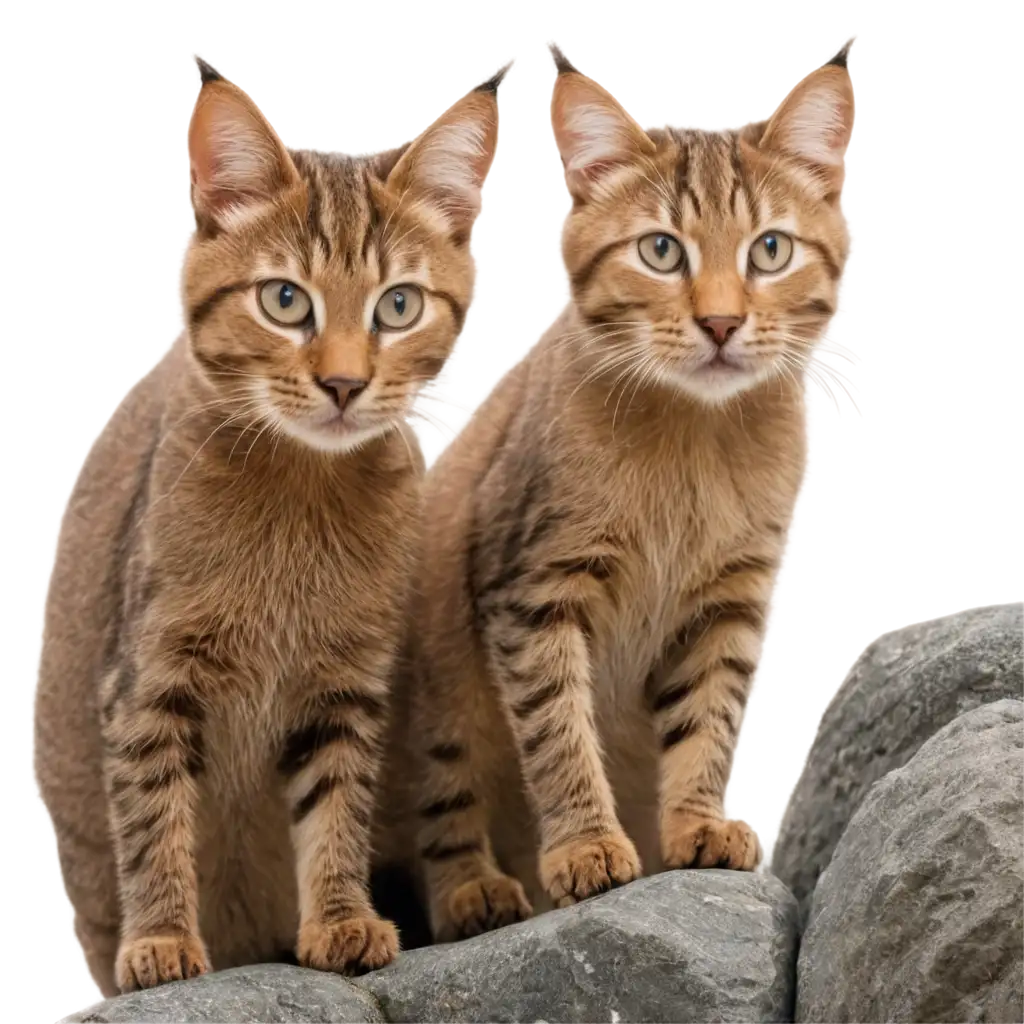
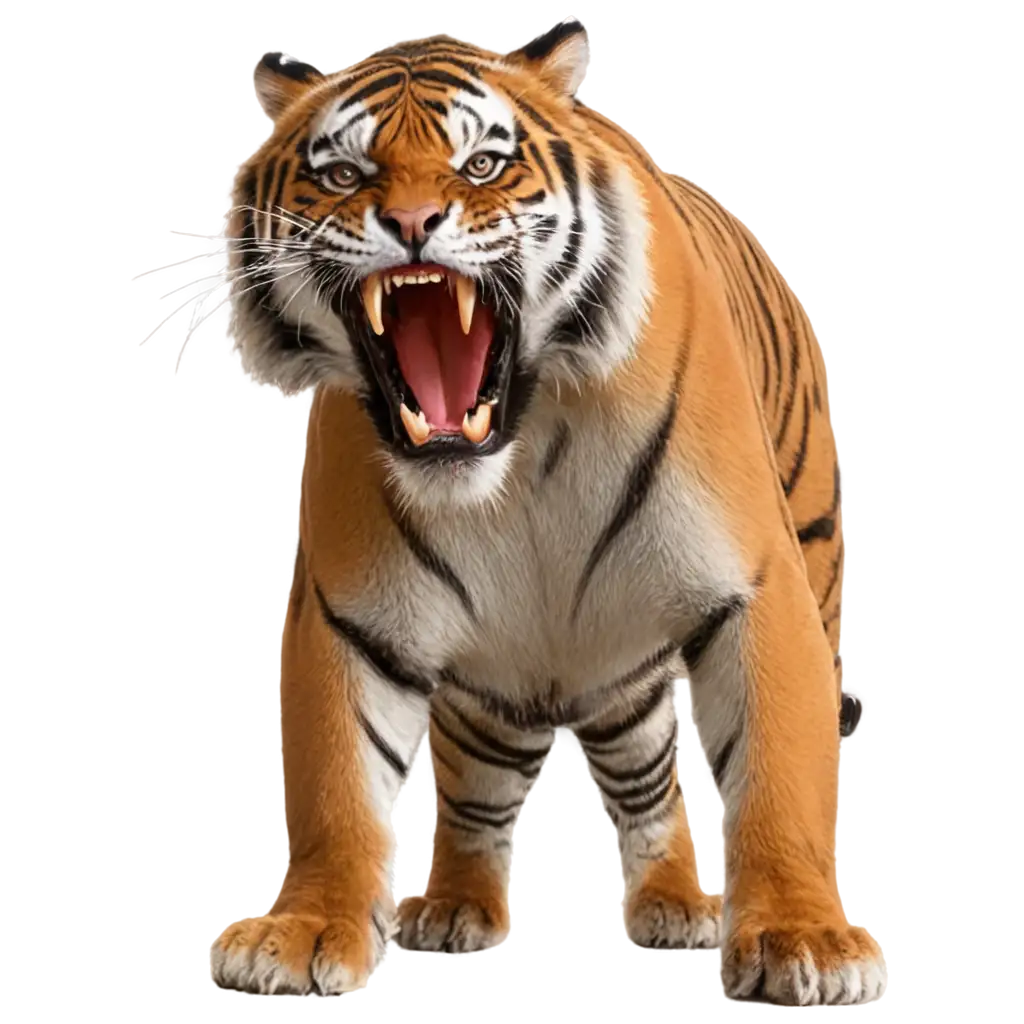
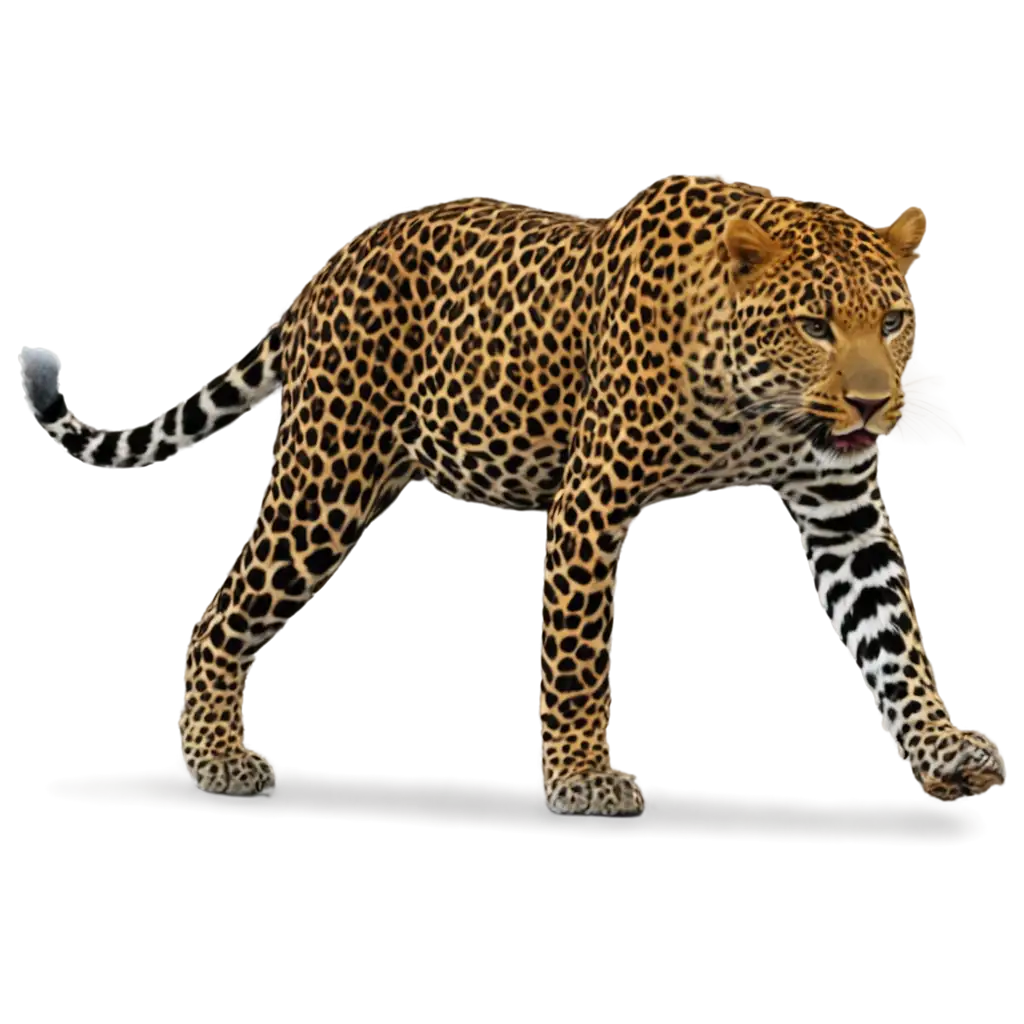
Related Tags
Dangerous animals are classified based on various factors including lethal capabilities, aggressive behavior, and human conflict history. Top predators like lions, tigers, and bears possess remarkable physical attributes such as powerful jaws, sharp claws, and muscular builds. Venomous creatures like the inland taipan and box jellyfish carry potent toxins, while others like hippopotamuses and cape buffalos are dangerous due to their territorial nature and immense strength. Our AI-generated images capture these distinctive features, from the menacing stance of a great white shark to the warning colors of a blue-ringed octopus, providing authentic visual references for various applications.
What Makes an Animal Dangerous: Classification and Characteristics
AI generation of dangerous animal imagery requires careful attention to anatomical accuracy and behavioral authenticity. The process involves training on thousands of wildlife photographs, focusing on crucial details like the coiled posture of a king cobra, the charging stance of a rhinoceros, or the stealth approach of a crocodile. Modern AI tools excel at capturing these nuances, producing images that maintain scientific accuracy while ensuring safety in documentation. This technology enables photographers and researchers to obtain high-quality visuals of dangerous species without risking close encounters, revolutionizing wildlife documentation and education.
Creating Authentic Dangerous Animal Imagery Through AI
AI-generated dangerous animal photos serve crucial roles in education and conservation efforts. These images are widely used in textbooks, wildlife guides, and educational materials to teach about animal behavior, habitat preservation, and human-wildlife conflict prevention. Conservation organizations utilize these visuals in awareness campaigns, highlighting the importance of protecting even the most fearsome creatures for ecological balance. The ability to generate varied scenarios and perspectives helps illustrate different aspects of dangerous animals, from their hunting techniques to their role in their ecosystems, making complex biological concepts more accessible to students and the public.
Applications in Education and Conservation Awareness
The future of dangerous animal photography is being transformed by AI technology. Emerging trends include the development of AI models that can generate hyper-realistic motion sequences, showing predatory behaviors and defensive mechanisms in unprecedented detail. Virtual reality integration is enabling immersive experiences with dangerous animals, while advanced AI algorithms are pushing the boundaries of accuracy in depicting rare and elusive species. These technological advances are creating new possibilities for wildlife documentation, research, and public engagement, while maintaining the highest standards of safety and ethical consideration in wildlife observation.
Future Trends in Dangerous Wildlife Photography